





 |
 |
 |
 |
 |
 |
|---|---|---|---|---|---|
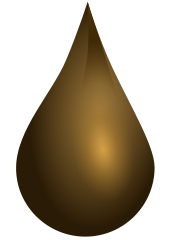 |
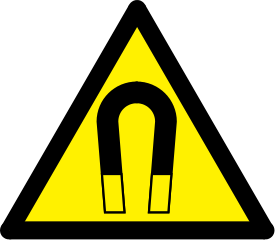 |
 |
 |
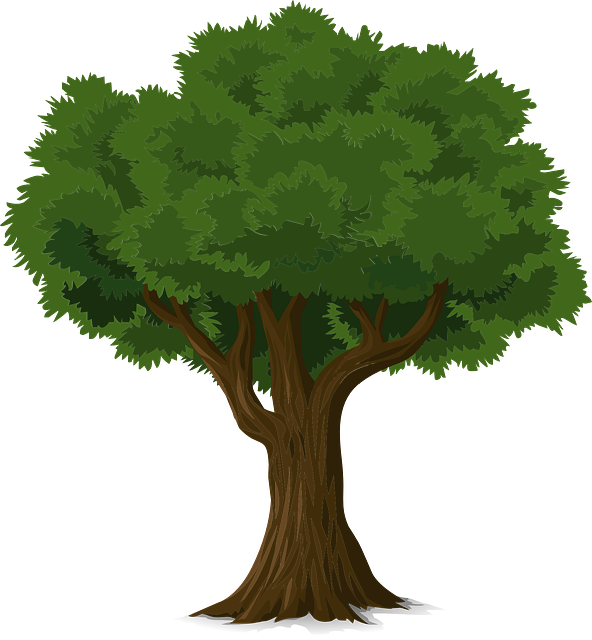 |
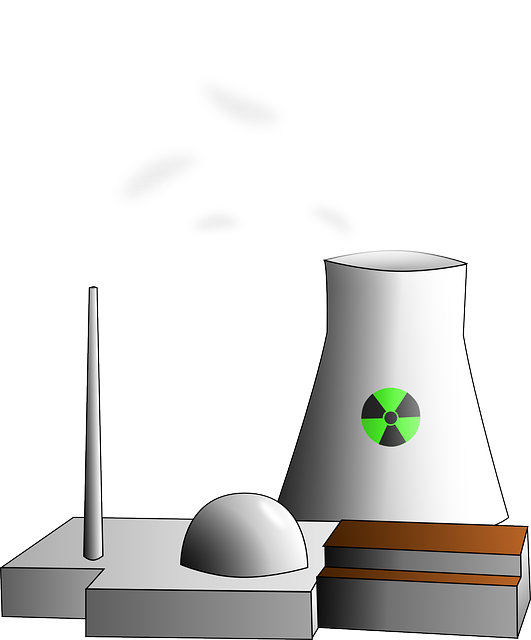 |
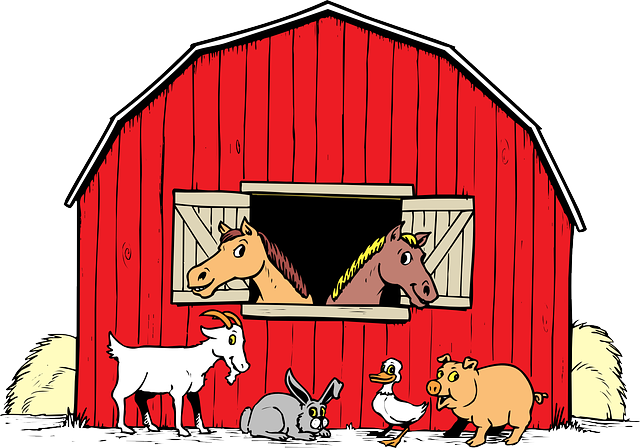 |
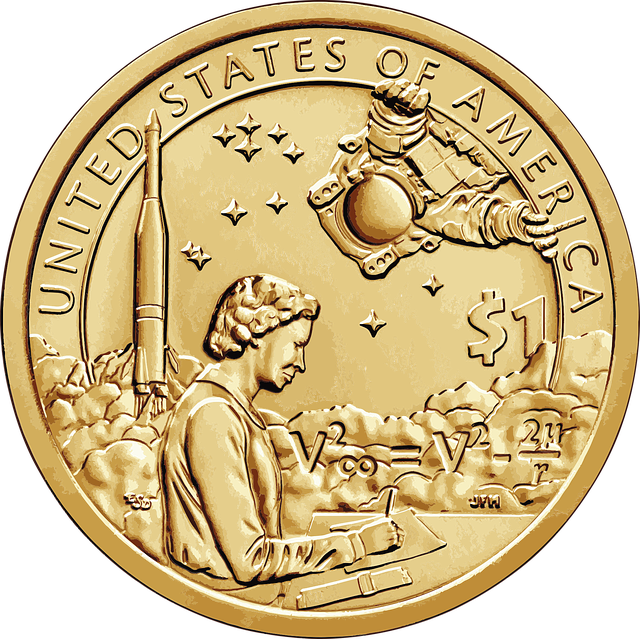 |
|---|---|---|---|---|---|---|---|
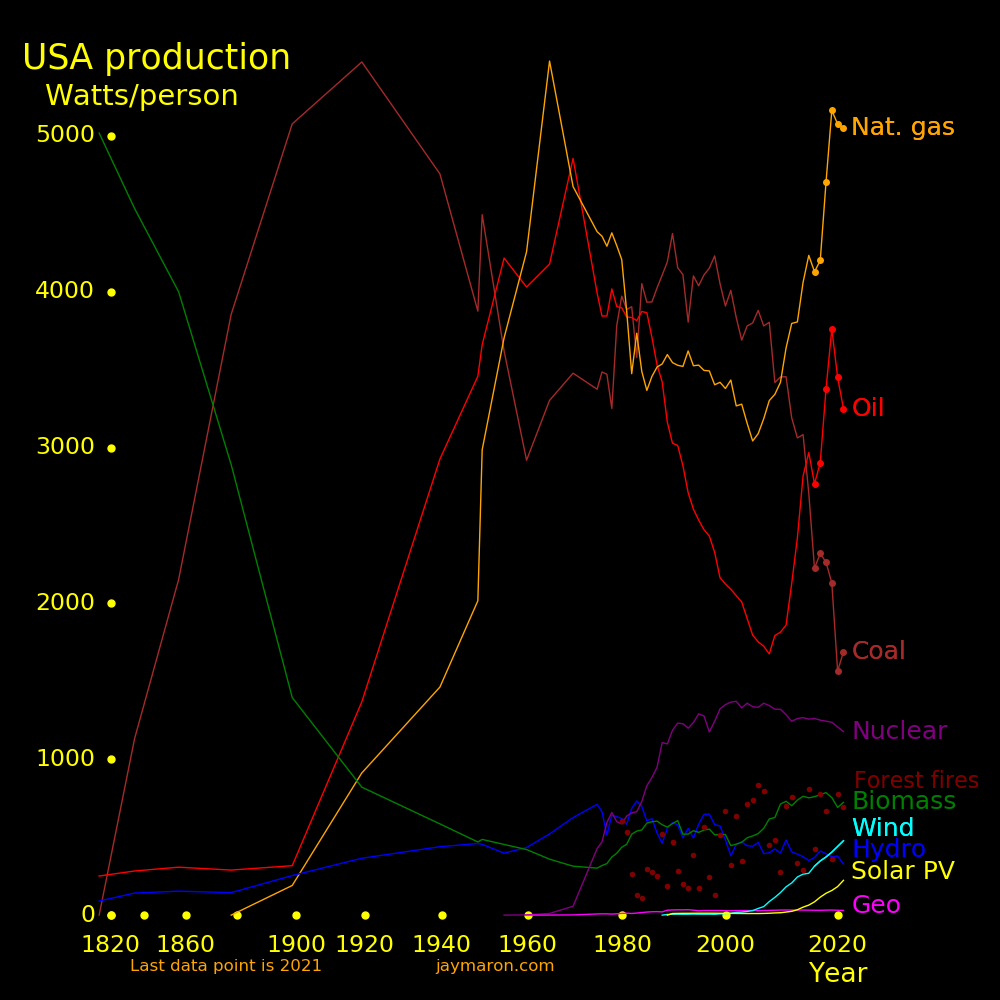 |
|---|
Biomass and nuclear have great expansion potential. Hydro is maxed out, solar and wind are growing slowly, and tidal and geothermal are feeble.
Trees are great for harnessing biomass energy, especially bamboo for its fast growth and ease of harvest. Trees can also capture atmospheric carbon. Tree production hinges on fertilizer, which hinges on energy. Article.
Much energy is lost to forest fires.Article.
Nuclear power is cheap and unlimited, and reactors can provide things of value besides the usual heat and electricity. They can use transmutation to create precious metals and novel isotopes. A reactor's discard heat can heat a city. Radioactive waste contains valuable catalysts such as palladium and rhodium. Modern reactors have abundant safety features. Article.
The energy source that produces the most CO2/energy is coal. The carbon produced by each energy source, in kilograms CO2 per MegaJoule of electricity, is:
Coal .23 Oil .18 Natural gas .13 All others <.01
Data: U.S. Energy Information Administration
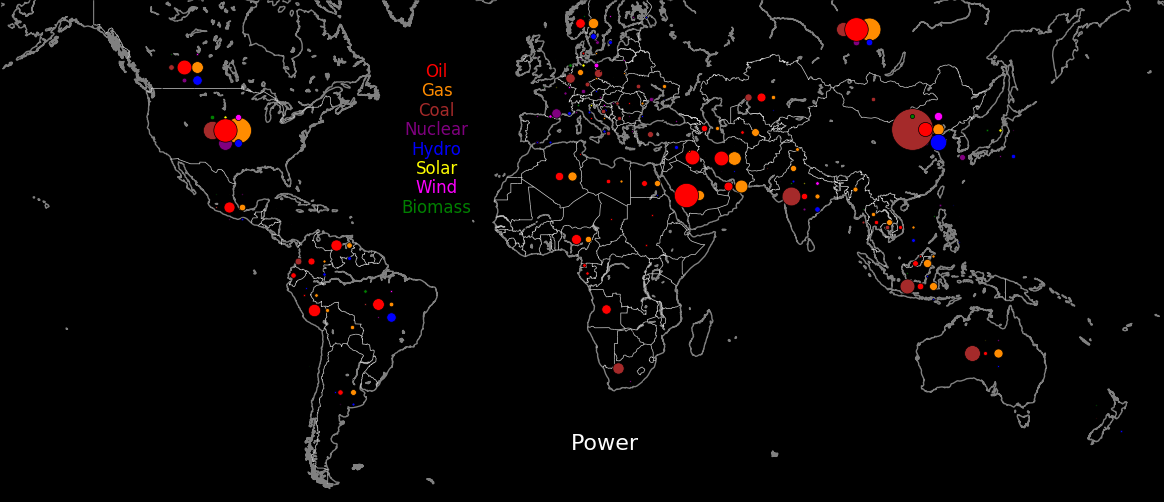 |
|---|
Production scales as dot radius cubed. Production from different sources are in scale.
Data: British Petroleum Statistical Review of World Energy
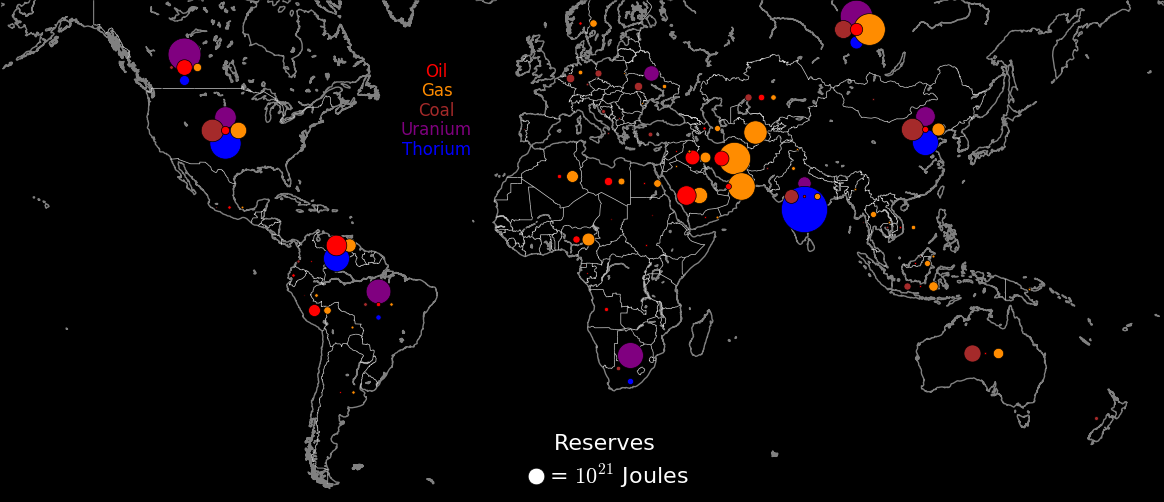 |
|---|
Reserves scales as dot radius cubed. Production from different sources are in scale.
Data: British Petroleum Statistical Review of World Energy
China dominates the production of most elements, with South Africa in second place. America dominates for only beryllium, rhenium, and thorium. The plot shows the fraction of world production for each element.
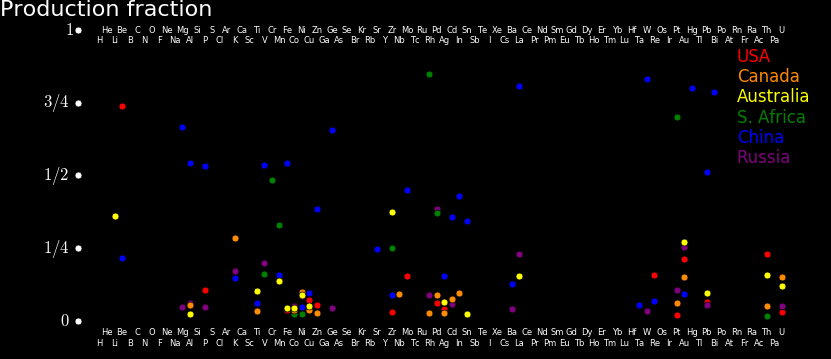 |
|---|
Macrometals are the metals mined by greatest mass. The macrometal superpowers are China, South Africa, Australia, Russia, India, and Canada. America has feeble production. The following plot shows each nation's fraction of world production for each metal. Data is from USGS 2018.
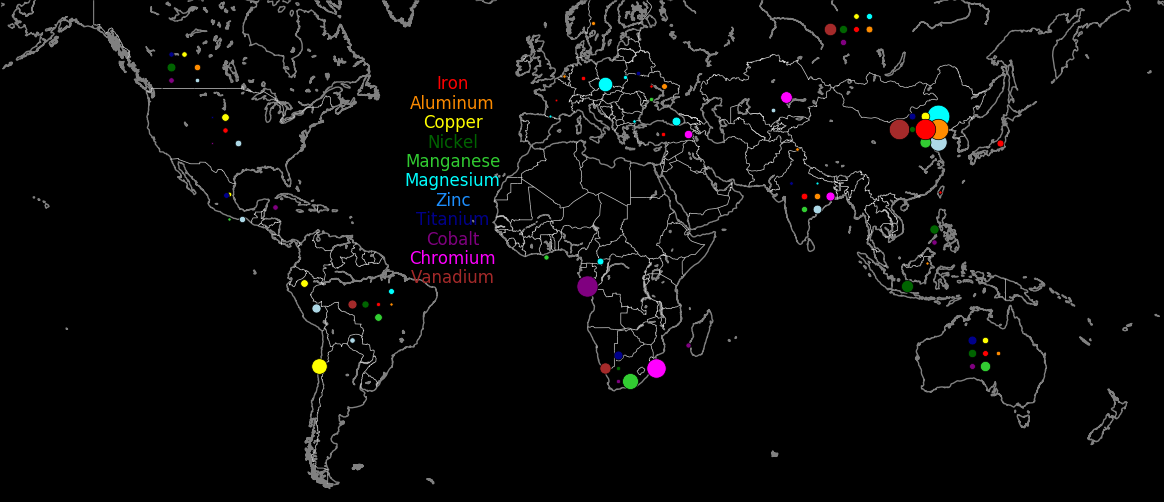 |
|---|
The plot shows the most endangered elements and where they are produced. Many come from conflict zones or from hostile nations. Most come from China.
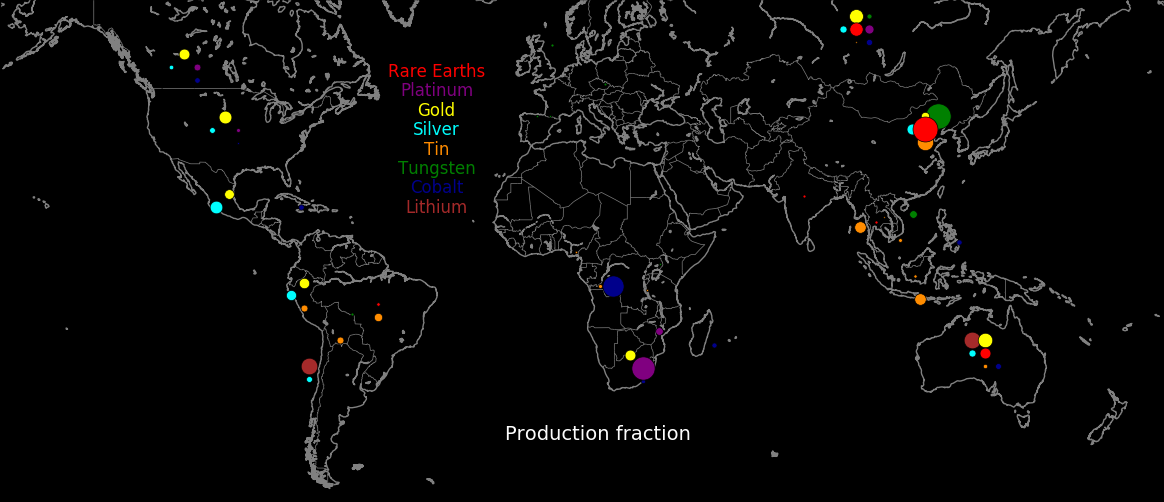 |
|---|
The endangered elements are:
Element Source Use Cobalt DR Congo Lithium-ion batteries, steel alloy Lithium Australia, Chile Lithium-ion batteries Rare-earths China All of the electronics industry, especially solar cells and magnets Germanium China Fiber optics Tin China Solder and bronze Tungsten China Superhard materials in the form of tungsten carbide Scandium China, Ukraine, Russia Aluminum alloy Phosphorus China, Israel, Canada Fertilizer Potassium China, Israel, Canada Fertilizer
There isn't enough lithium and cobalt to build an electric car for everyone in the world.
The ultimite limit to how much food we can grow is from fertilizer, and this hinges on phosphorus and potassium. Biomass power is vast, hence phosphorus and potassium are critically important.
Most endangered elements are endangered because they're produced primarily in China.
Elements that are important but not endangered include:
Platinum Canada South Africa Catalyst Palladium Canada South Africa Catalyst Rhodium Canada South Africa Catalyst Rhenium Chile USA Peru Poland Aircraft turbines Osmium Superhard metal Iridium Superhard metal Molybdenum Strong metal Beryllium USA Strong lightweight metal Tantalum Australia Brazil Canada Capacitors and is produced in Australia, Brazil, and Canada. Nickel Worldwide Steel alloy. Turbines Caesium Canada Drilling lubricant in the form of caesium formate Gold USA Canada Australia Currency Silver Mexico Peru Solar cells Copper Chile Peru USA Aus Chi Power wires Gallium Worldwide Extracted from aluminum ore Uranium Worldwide Nuclear energy Thorium Worldwide Nuclear energy
The following plot shows world production for each element. Endangered elements tend to be near the bottom.
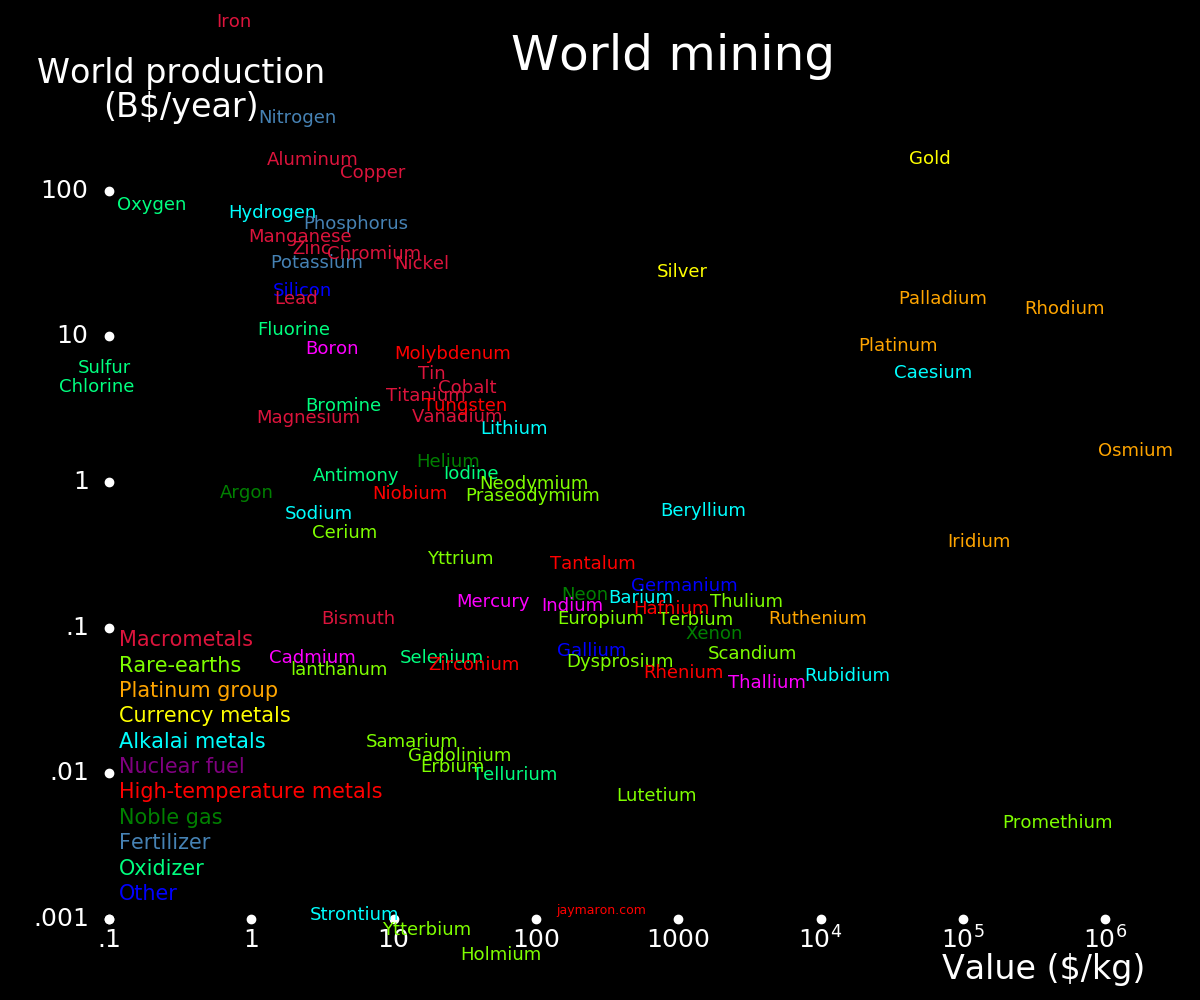 |
|---|
The embodied energy of an element is the energy required to extract the element from ore, in Joules/kg. Most of the price of elements is from energy. For steel, the energy comes from coal smelting and for most of the other elements the energy comes from electricity.
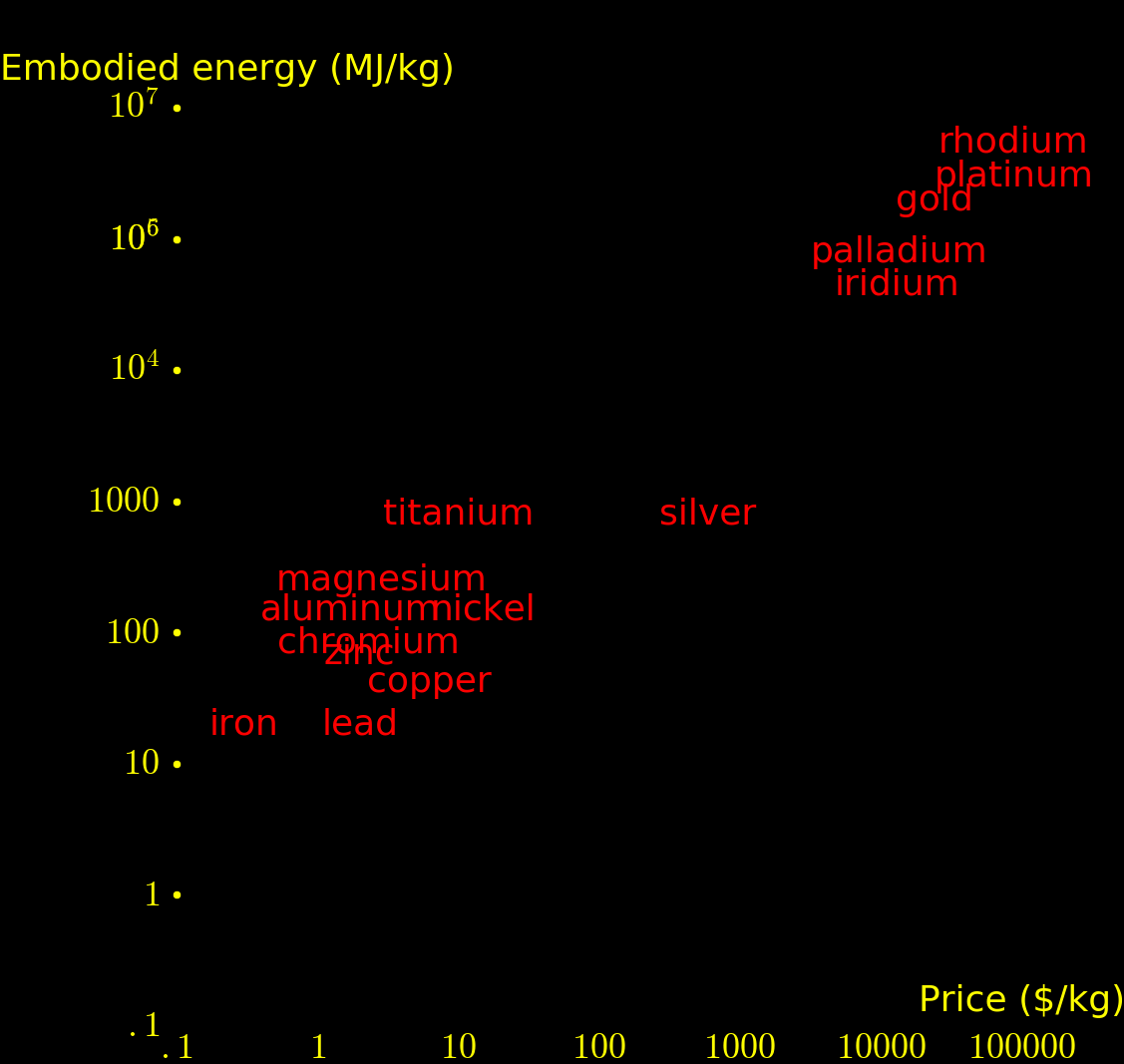 |
|---|
Energy is used in every stage of industry. It's used in the production of primary materials, such as elements, chemicals, plastics, and lumber. It's used again to manufacture things with the primary materials.
The plot shows how much energy the world expends per year for primary materials.
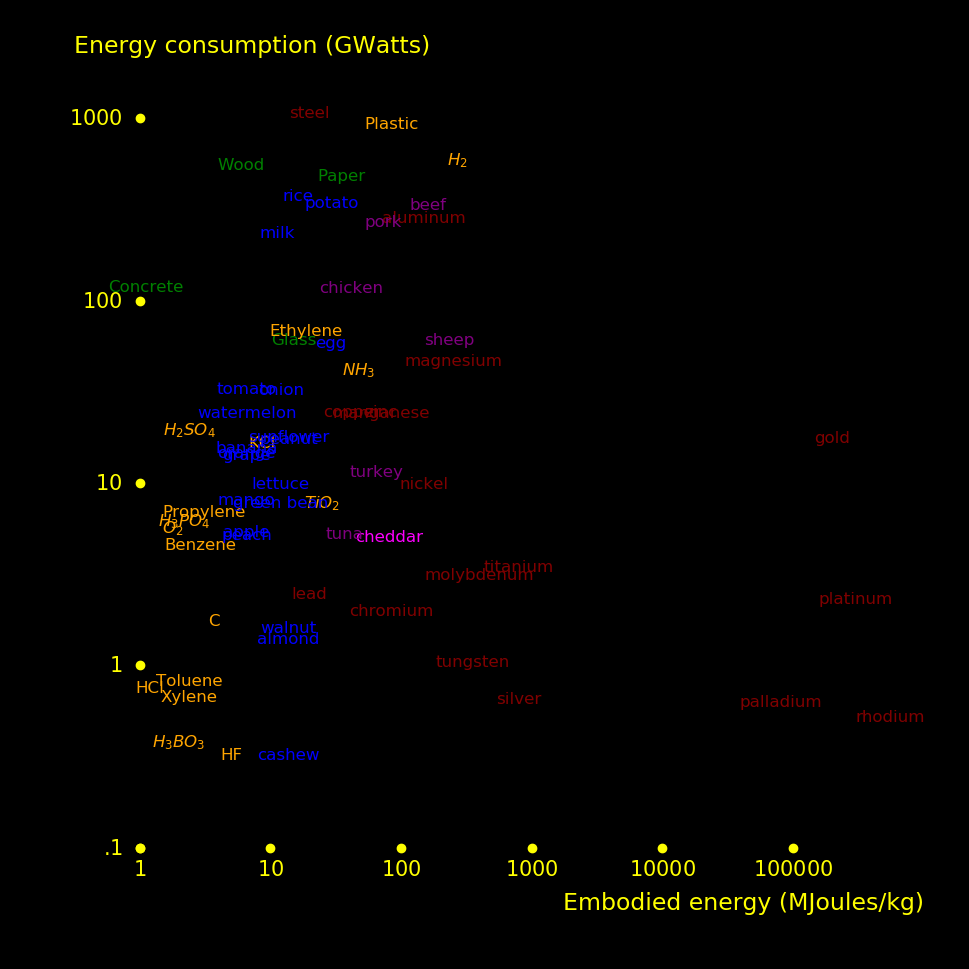 |
|---|
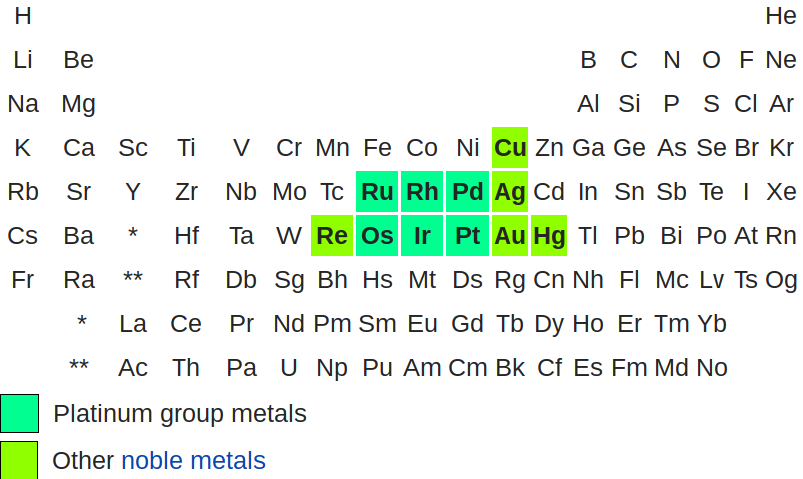 |
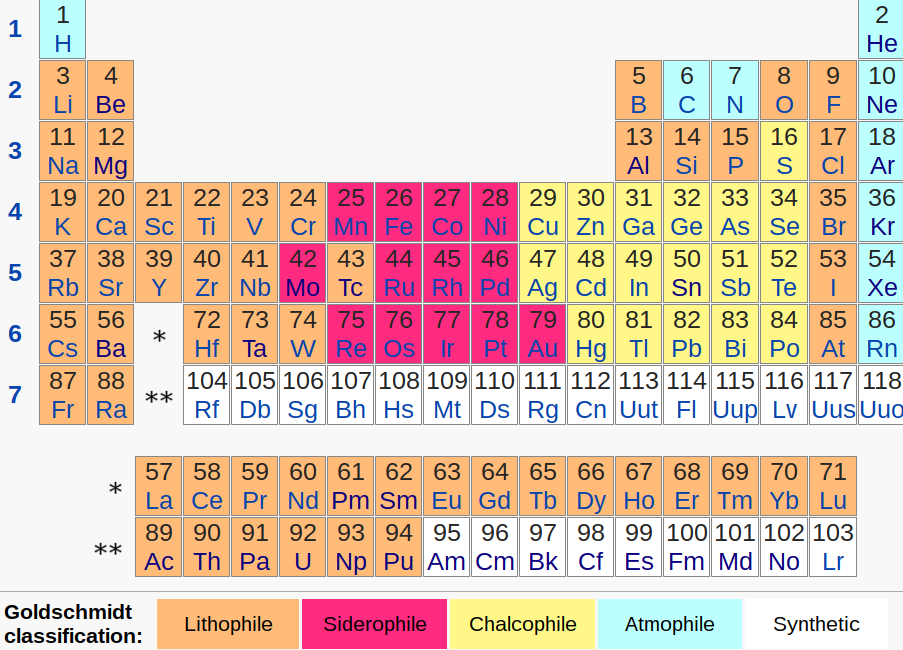 |
|---|---|
Platinum group metals are rare because they are dense and they tend to sink to the Earth's core. They are mostly mined from metal asteroid craters such as the Sudbury crater in Canada and the Vrodefort Crater in South Africa. Metallic asteroids are rich in platinum group elements because they used to be part of the core of a planet.
Siderophile: Iron-living. Tends to sink to the core along with the iron.
Lithophile: Rock-loving. Tends to become included in rock and escapes sinking
to the core.
Chalcophile: Ore-loving. Tends to combine with oxygen and sulfur and escapes sinking
to the core.
Atmophile: Is a gas at room temperature and tends to escape the crust into the
atmosphere.
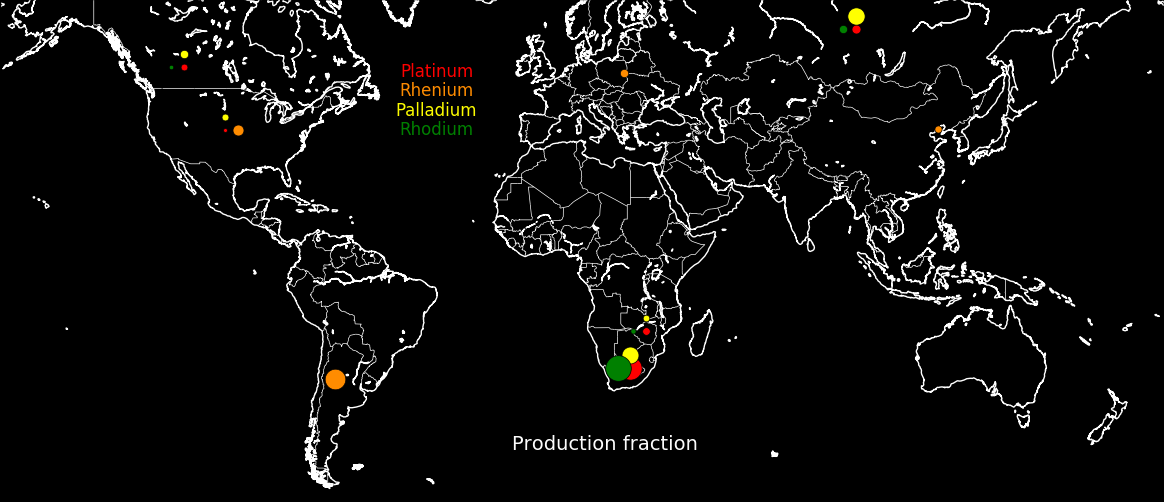 |
|---|
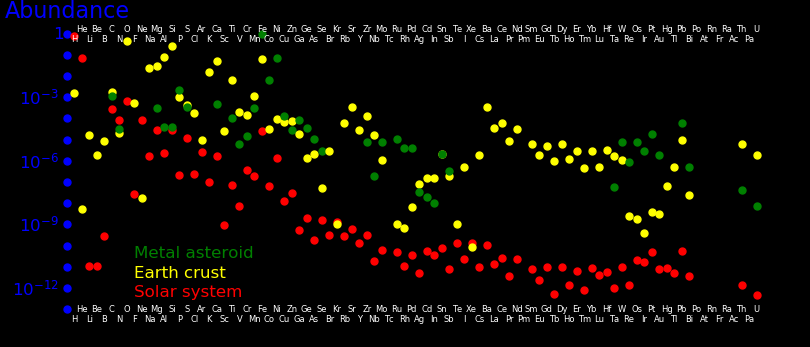 |
|---|
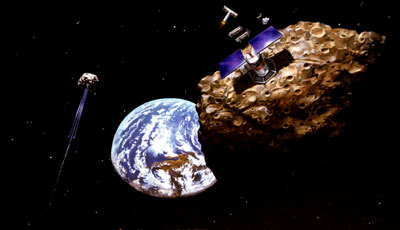 |
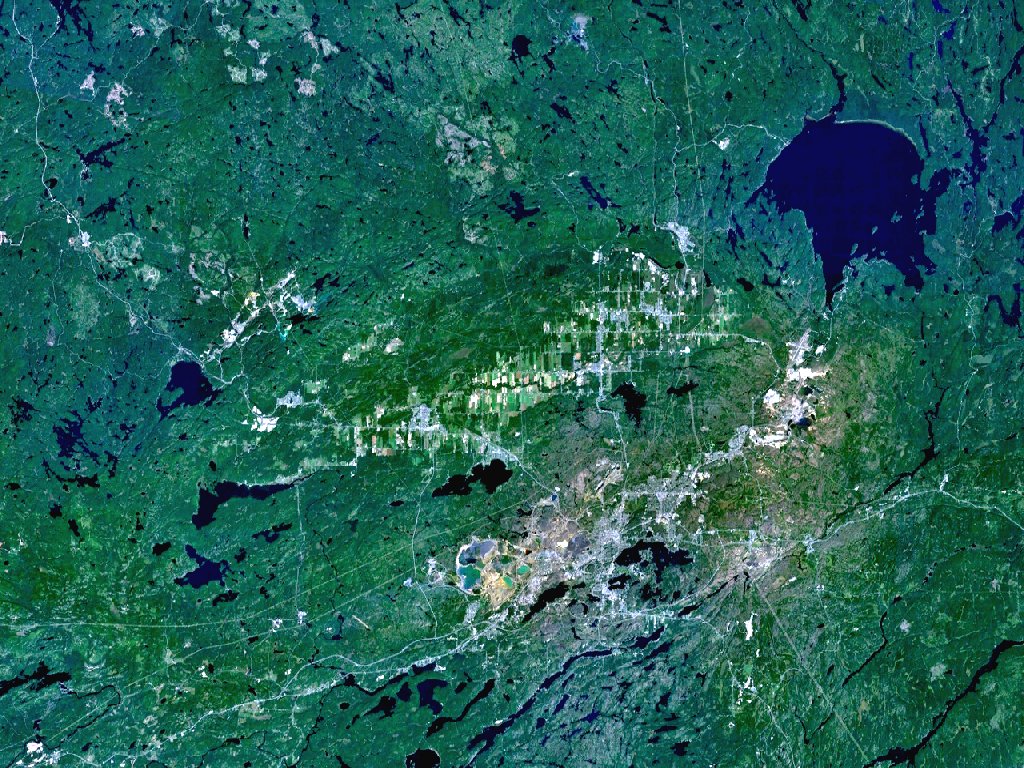 |
|---|---|
A 300 meter metallic asteroid has 30 billion dollars of platinum group elements, equal to world annual production.
-178918.jpg) |
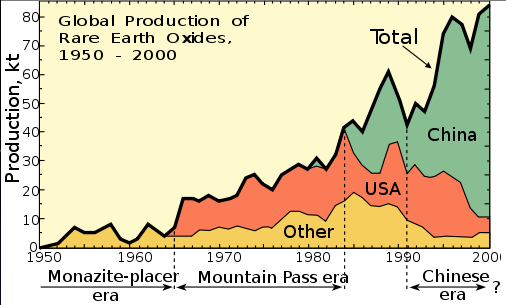 |
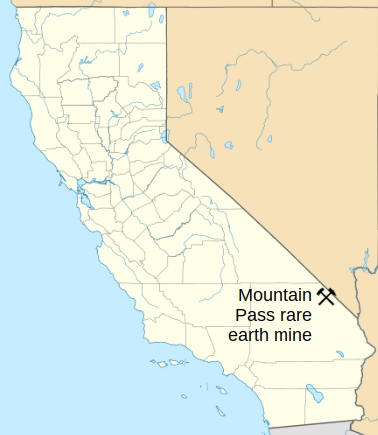 |
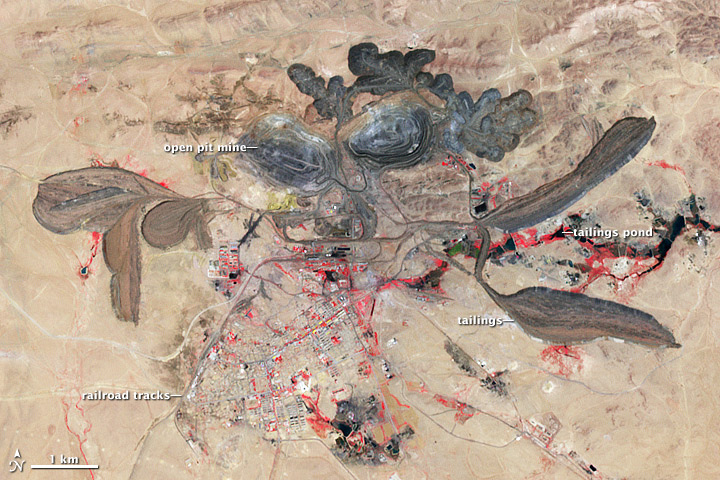 |
|---|---|---|---|
The rare Earth elements are the ones in the row from Lanthanum to Lutetium and they tend to occur together in minerals. They are vital to electronics and 95% of the world's supply comes from the Bayan Obo deposit in China. Uranium and thorium are often found in rare Earth ore.
The Californa Mountain Pass mine closed in 2002. In 2010 China restricted rare Earth exports, prompting subsidies from the U.S. Government to reopen the mine. Mining resumed in 2015 and then ceased in 2016 when the mining corporation went bankrupt.
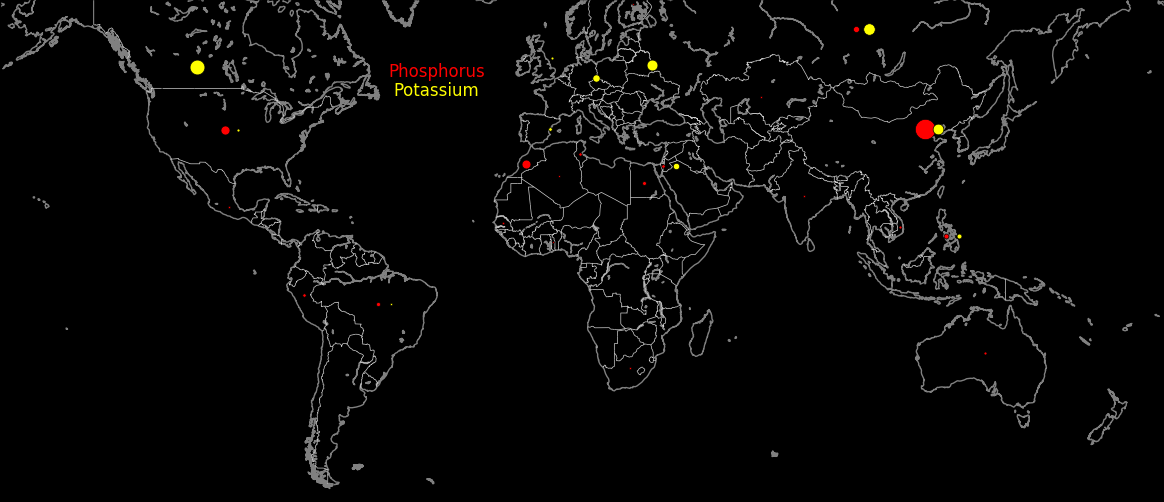 |
|---|
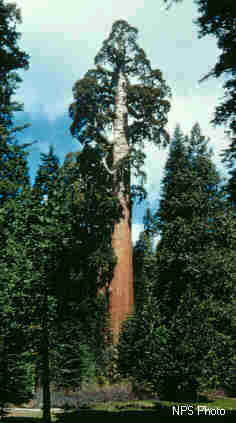 |
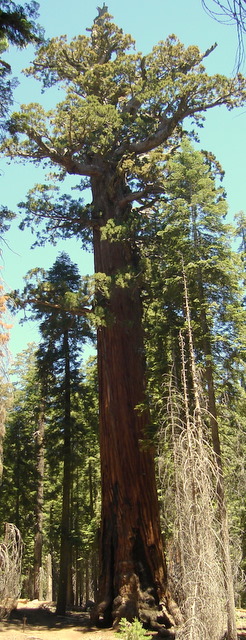 |
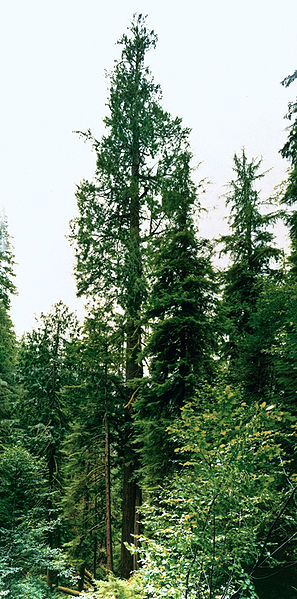 |
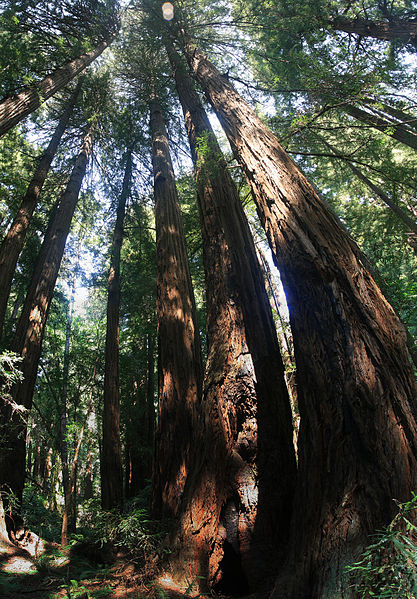 |
|---|---|---|---|
The atmospheric carbon increase of 4000 billion kg/year can be offset by planting 4 million km2 of trees. The fertilizer requirement is 340 billion $/year, and the value of the wood produced is substantially greater.
The amount of forest needed is:
Atmospheric carbon increase = C = 4000 billion kg/year Forest carbon capture rate = R = 1.0 carbon kg/meter2/year Forest needed to offset carbon = A = C/R = 4 million km2The value of wood produced is:
Wood commodity price = w = .3 $/kg Wood carbon mass fraction = c = .5 Value of wood produced = W = Cw/c = 2400 billion $/yearThe cost for nitrogen fertilizer is:
Wood nitrogen mass fraction = n = .01 Nitrogen requiremnet = N = Cn/c = 80 billion kg/year Price of nitrogen in fertilizer = p = 2.1 $/kg Total nitrogen price = P = p N = 170 billion $/year
Trees also need potassium, phosphorus, calcium, magnesium, and sulfur, and their total cost is similar to that of the nitrogen. The total fertilizer cost is double the nitrogen cost, or 340 billion $/year.
Trees should be planted close to water. For existing trees, fertilizer should go to large trees that are close to water.
For new trees, chose trees that will become tall and wide. The largest trees are sequoias, redwoods, douglas firs, and eucalyptus. The fastest growing tree is bamboo, which produces 1 carbon kg/meter2/year.
World forest carbon:
Carbon in atmosphere = 880 trillion kg Carbon in plants = 550 trillion kg Carbon in trees = 500 trillion kg Total human-generated carbon = 300 trillion kg Carbon from deforestation = 36 trillion kg Atmosphere carbon increase = 4 trillion kg/year Forest carbon capture rate = 45 trillion kg/year World forests Deforestation rate = .35 trillion kg/year Carbon from forest fires = .25 trillion kg/year World forest area = 39 million km2 Forest wood density = 11 kg/meter2 Total wood carbon harvested =4.56 trillion kg/year Wood for power + wood for industry Wood carbon for biomass power=1.59 trillion kg/year Wood carbon for industry =2.97 trillion kg/year
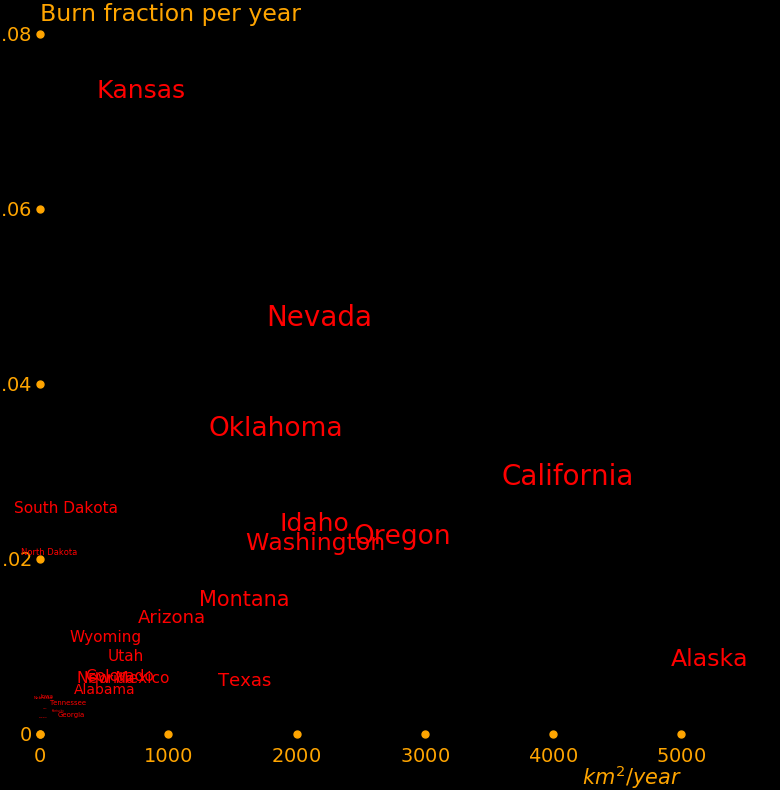 |
|---|
Data: Insurance Information Institute, averaged over 2014-2018.
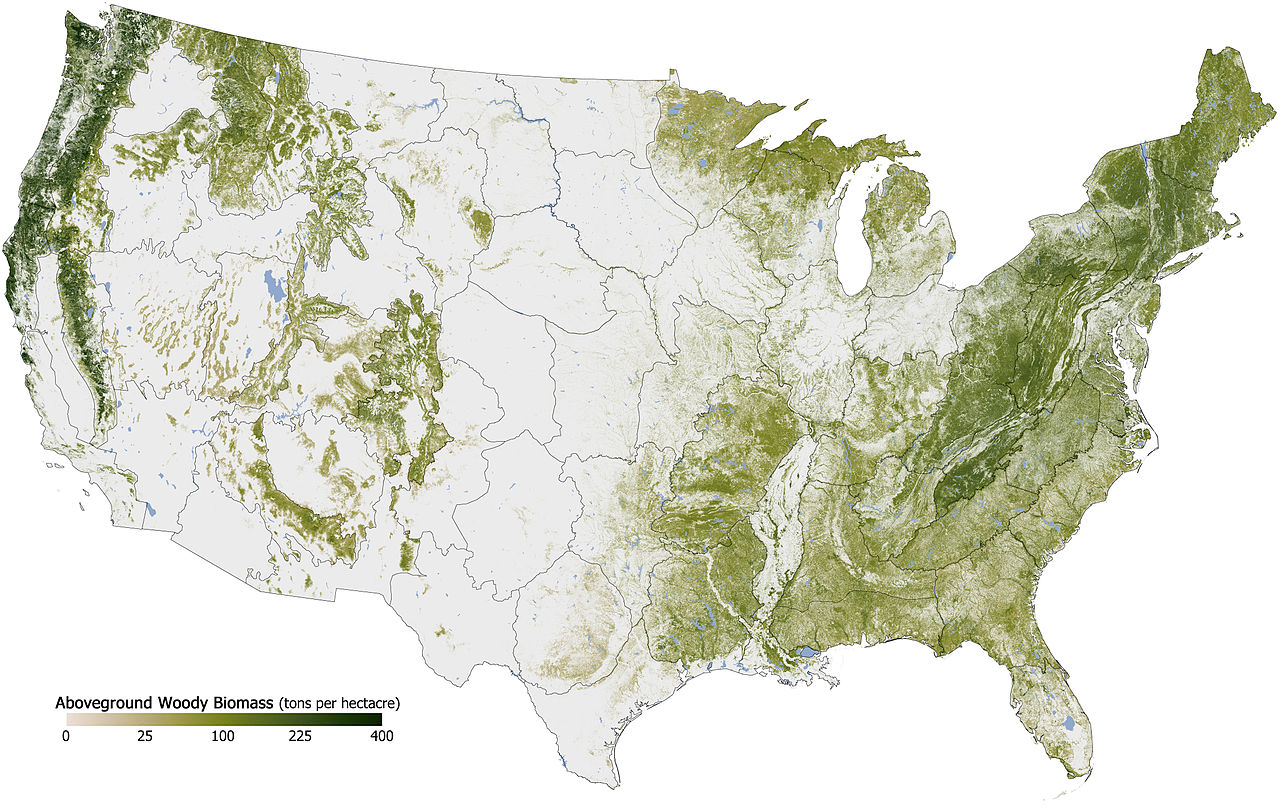 |
|---|
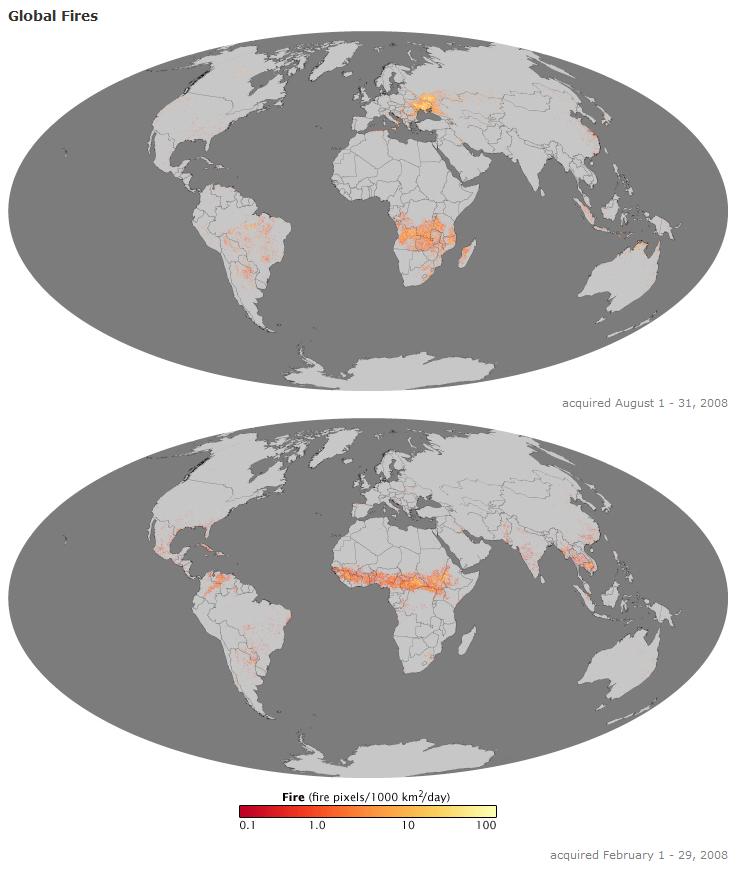 |
|---|
World fraction Forest Deforestation Fires
% Bkg Bkg/yr Bkg/yr
South America 22 96000 400 50
Russia 21 92000 ? 100
Africa 17 73000 240 50
Canada 12.6 55000 0 50
USA 7.9 34800 0 15
S.E. Asia 5.9 26000 -120 10
China 5.3 23300 -170 20
E.U. 4.1 18000 -40 3
Asian Islands 3.6 15800 30 10
Australia + NZ 3.2 14100 ? 20
C. America 2.7 11900 60 5
World 1000 440000 350 250
Masses are for carbon. Data: globalfiredata.org
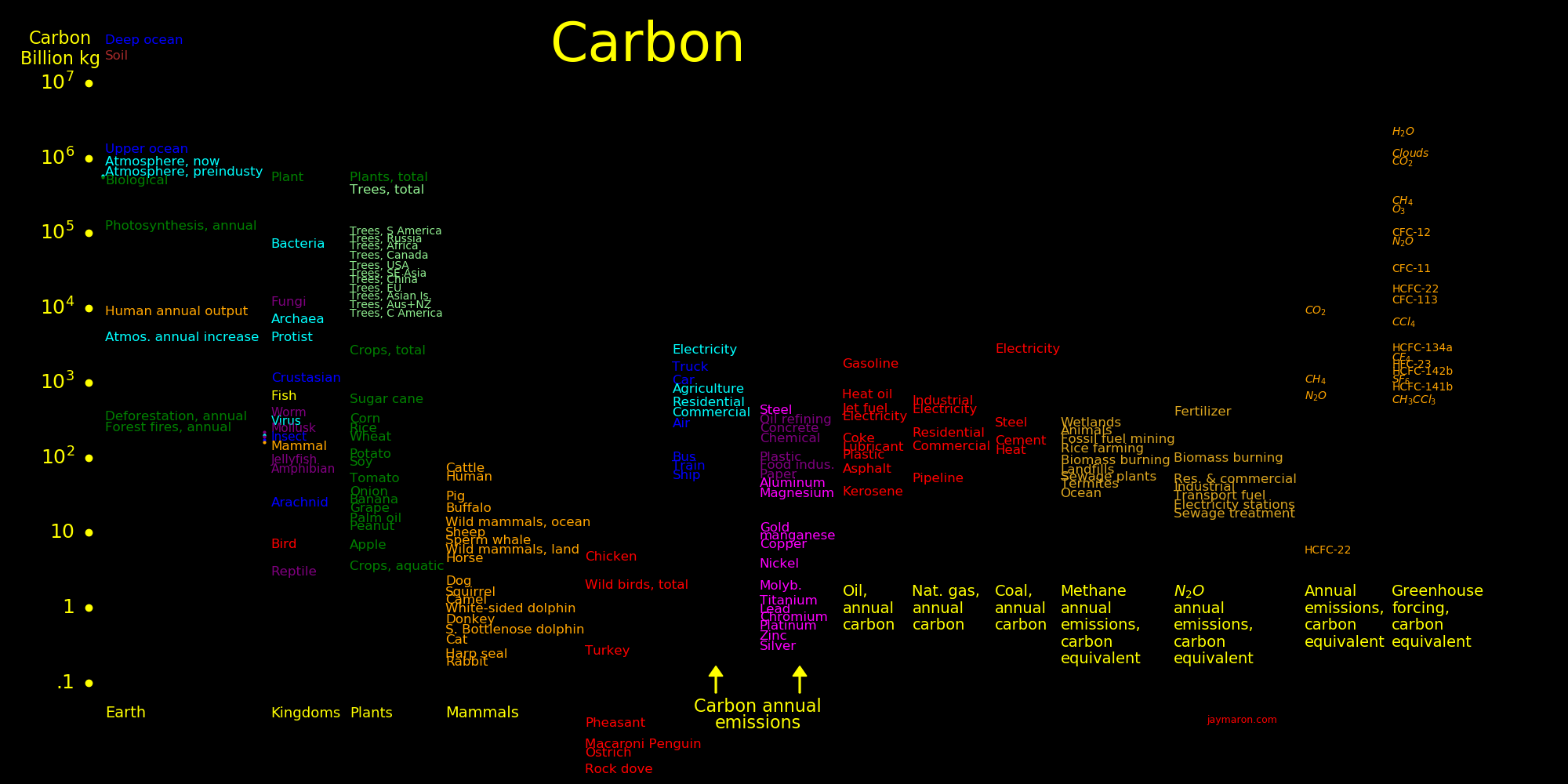 |
|---|
Animals are 1/6 carbon and trees are 1/2 carbon.
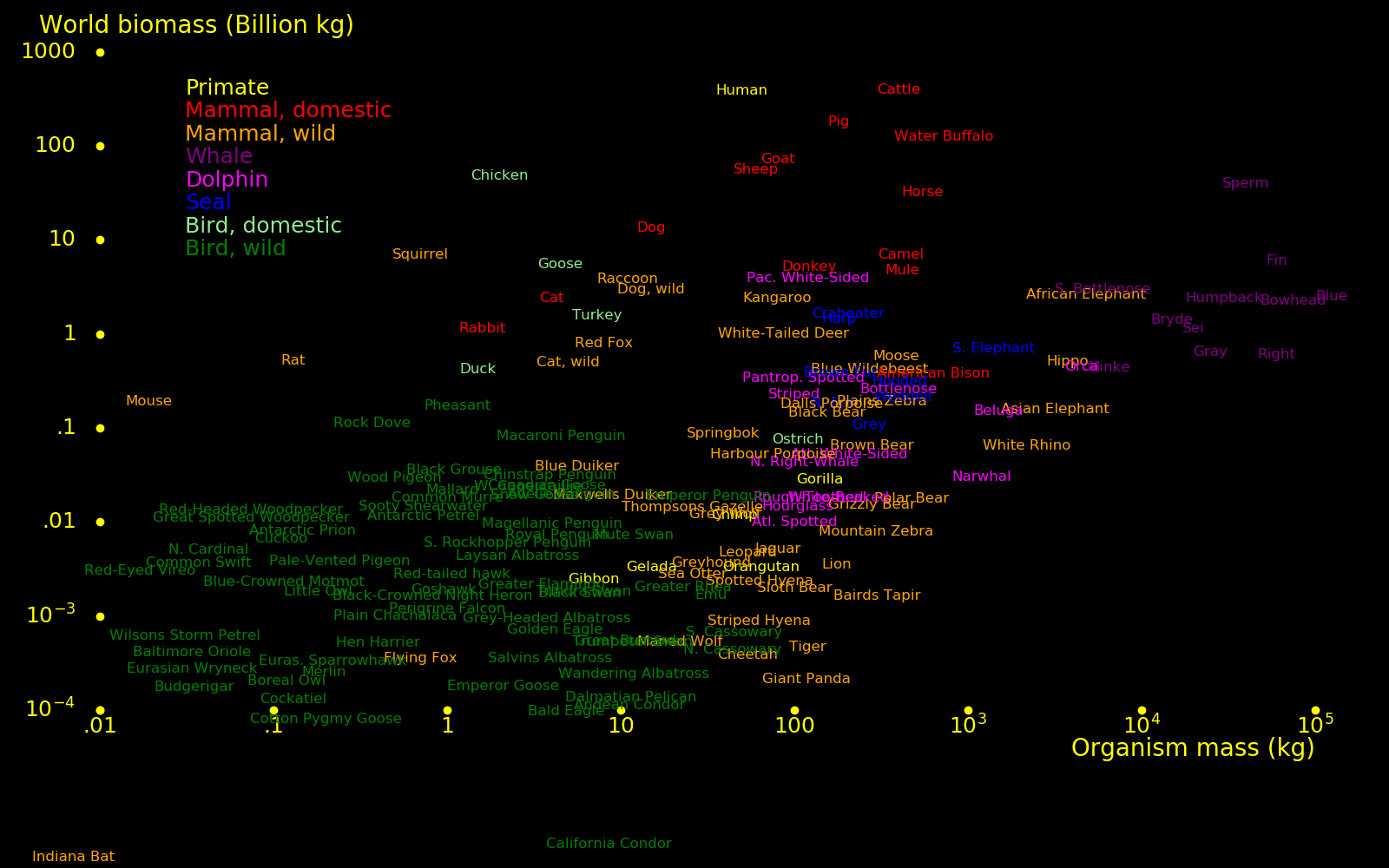 |
|---|
For mammals and birds, domestic biomass far exceeds wild biomass.
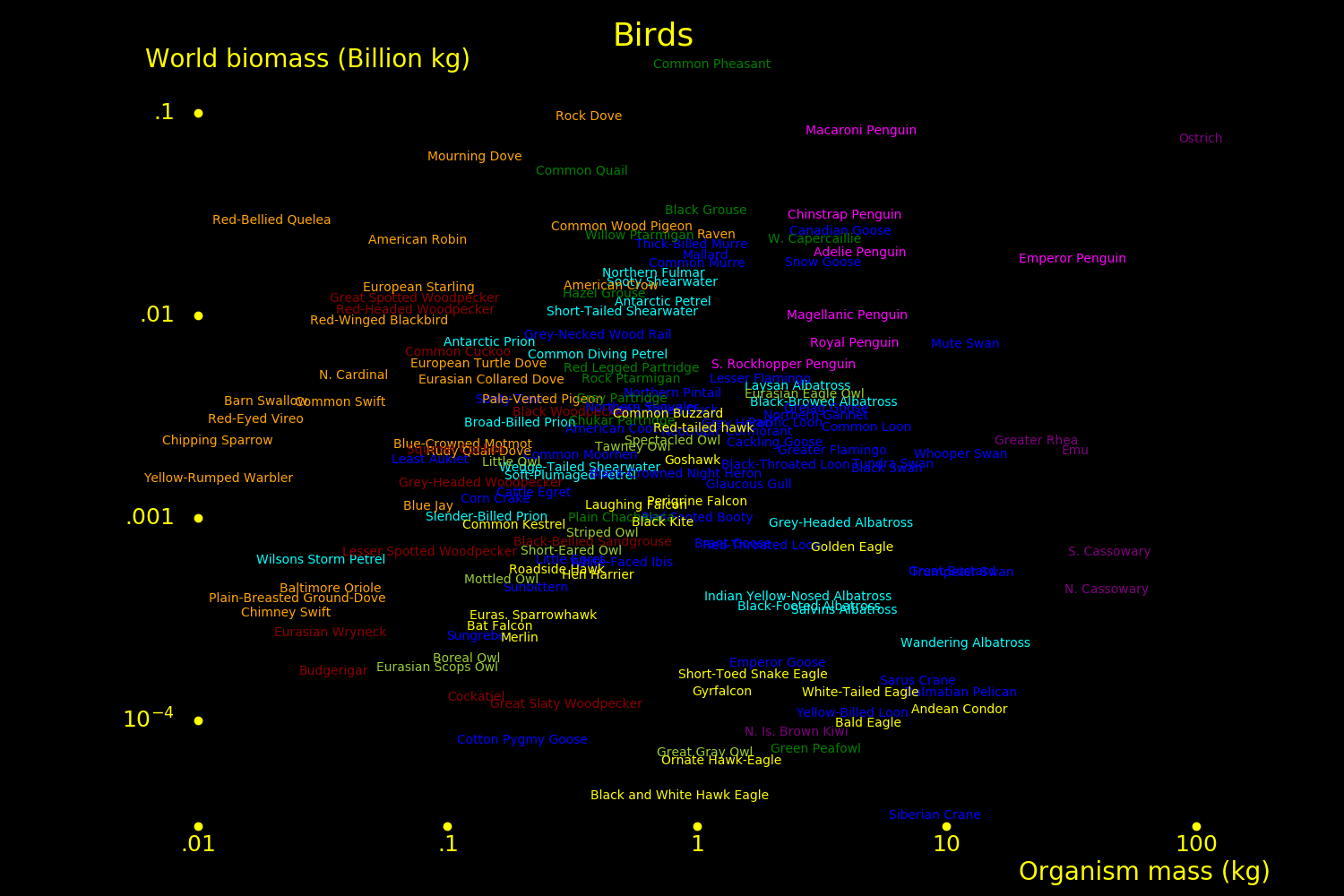 |
|---|
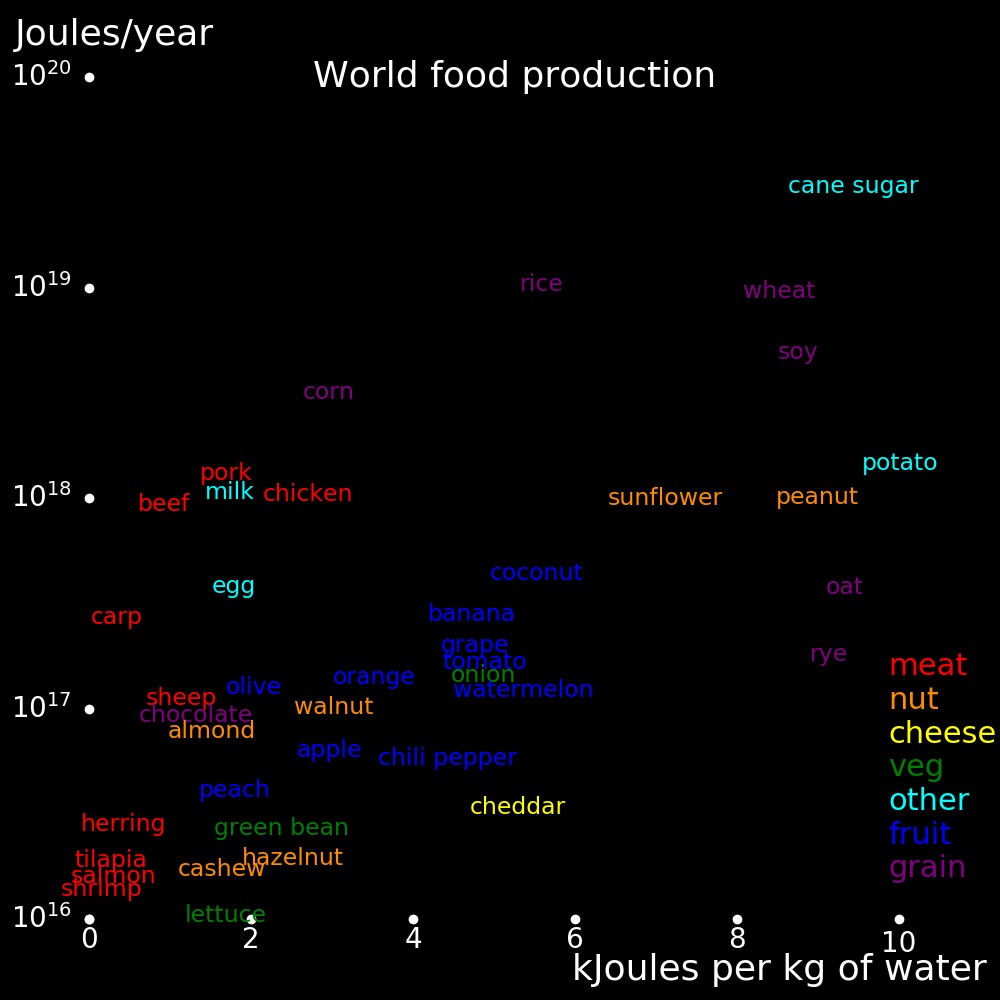 |
|---|
Primary energy for manufacturing is dominated by steel, concrete, hydrogen, and plastic.
 |
|---|
 |
|---|
Year
-11000 Livestock
-9500 Crops
-6000 Crop rotation. 2-field system
-4000 Ox power
-3500 Horse
0 Trade network
900 3-field system
1492 Columbian exchange. Guano fertilizer introduced
1700 4-field system. Nitrogen-fixing plants
1800 Fertilizer becomes widespread
1850 Mechanization
1895 Refrigeration
1950 Pesticides
1980 Genetic engineering
English wheat yield:
Year Wheat yield (kg/hectare/year) 1500 .018 1550 .022 1600 .029 1650 .031 1700 .038 1750 .047 1800 .063 1850 .073 2020 .8
Crop locations are decided by rain, rivers, lakes, reservoirs, aquifers, and aqueducts. Prime farmland is for crops and subprime land is for grazing. There is 2.2 times as much grazing land as cropland, and agriculture is 38% of world land.
The plot shows the center of mass for crops.
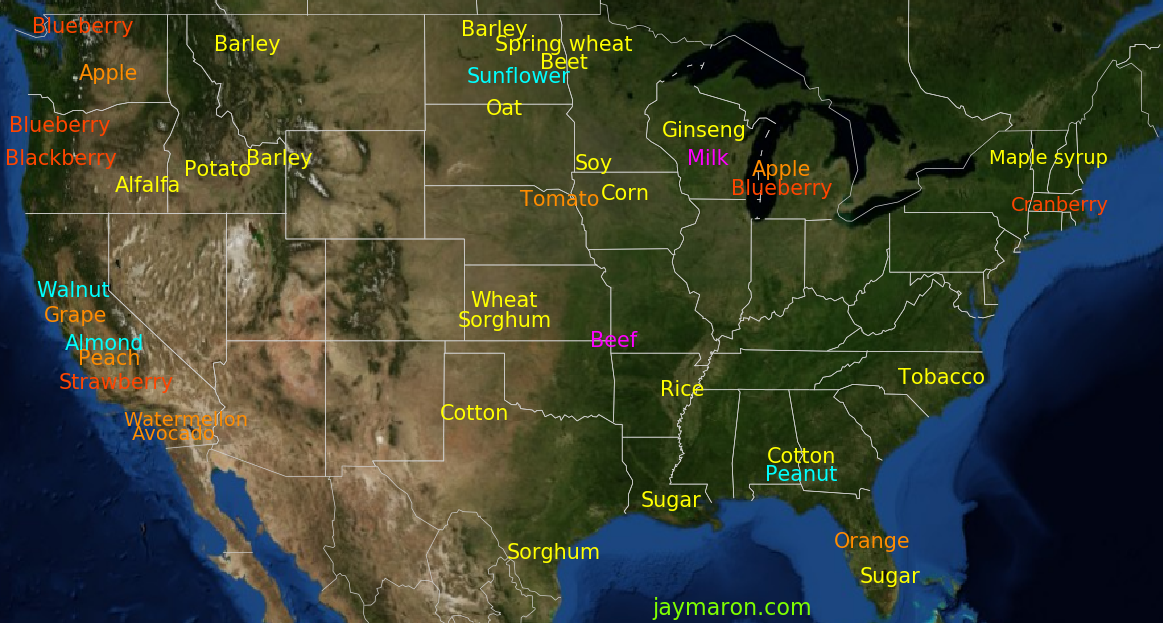 |
|---|
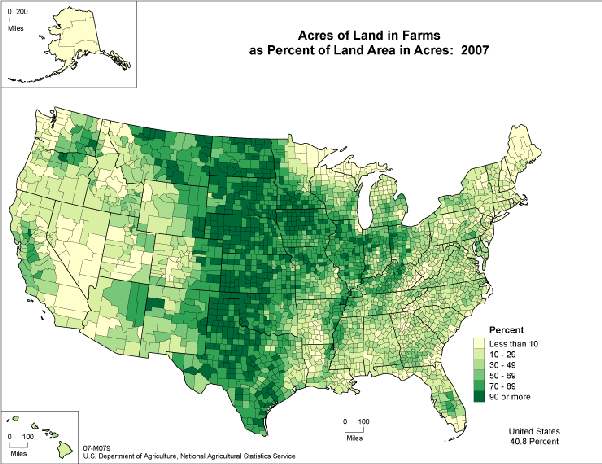 |
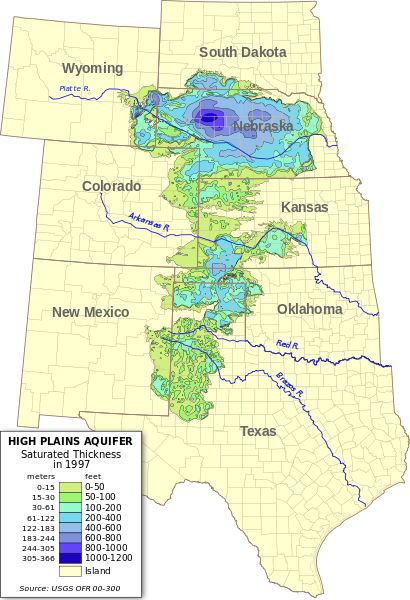 |
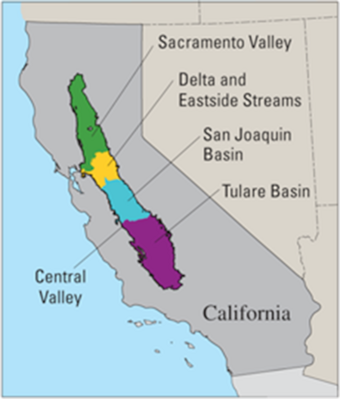 |
|
|---|---|---|---|
Land can support more people with wheat than with beef, by a factor of 16. Sugar cane is more efficient than wheat by a factor of 16.
Farm productivity is expressed as kg/meter2/year of food. If we factor in the calorie content of the food, we can express this as food production power in Watts/meter2. The value for wheat is 16 times larger than for beef.
The table shows the production power for various foods, with a comparison to solar cells and wind turbines.
Production Energy/Mass Power Type of energy
kg/meter2/yr MJoule/kg Watt/meter2
Solar cell - - 40 Electricity
Wind turbine - - 15 Electricity
Algae 10 16 5.1 Biomass
Bamboo 2 16 1.0 Biomass
Grass 1 16 .50 Biomass
Typical tree .5 16 .25 Biomass
Sugar cane 8 16 4.1 Food
Wheat .5 14 .22 Food
Milk .6 2.1 .040 Food
Fish .1 9 .028 Food
Goose (grazing) .1 9 .028 Food
Beef (grazing) .05 9 .014 Food
Tomato 8 .8 .20 Food
Tomato, hydroponic 150 .8 3.8 Food
For most crops, 50% of the plant biomass is edible produce.
In 1850, a family of 4 could be supported by 40 acres, and this is the origin of the phrase "40 acres and a mule". This corresponds to 25 people/km2. At the time, world population was 8 people/km2 and today it's 50 people/km2.
It takes 120 Watts of food energy to support a human. If the calories come from cane sugar, then land can support 30000 people/km2.
Wild mammal biomass is 30 Bkg and human biomass is 360 Bkg.
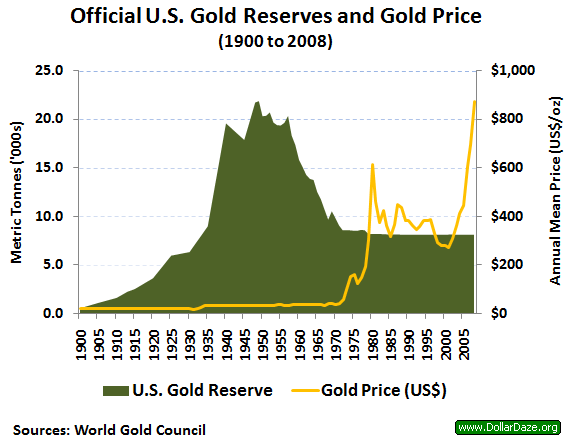 |
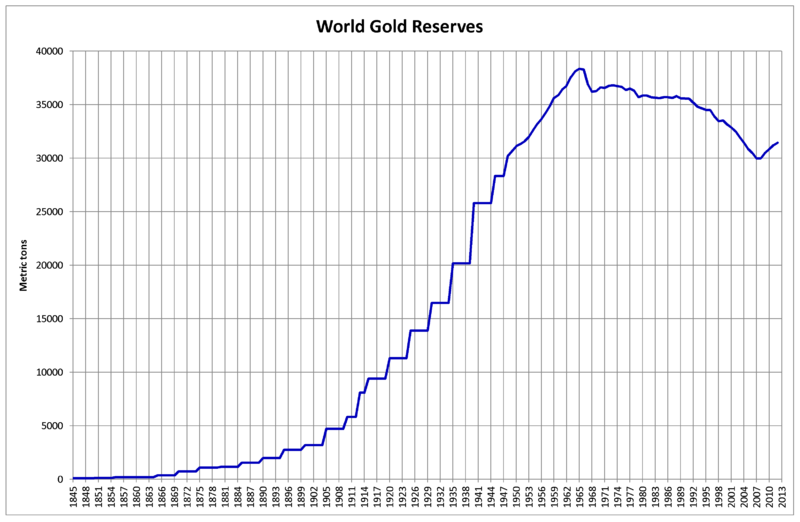 |
|---|---|
Trillion $
World wealth total 400
World stock markets 80
Gold, world reserves 10.9
World paper currencies 7
World cryptocurrencies 2.0
Silver, world reserves .01
Land
Buildings
Vehicles
Stock, New York 22.9
Stock, NASDAQ 10.9
Stock, Japan 5.7
Stock, London 4.6
Stock, Shanghai 4.0
Stock, Hong Kong 3.9
Stock, Euronext 3.9
Stock, Toronto 3.3
Stock, Shenzhen 2.5
Stock, Bombay 2.1
Stock, India National 2.0
Stock, Deutsche Borse 1.86
Stock, Switzerland 1.53
Stock, South Korea 1.46
Stock, NASDAQ Nordic 1.37
Stock, Australia 1.33
Stock, Taiwan .97
Stock, Brazil .94
Gold 10.9 60000 $/kg
Silver .044 .044 605 $/kg
Currency, USA 1.98
Currency, Europe 1.38
Currency, China 1.15
Currency, Japan 1.0
Currency, India .425
Currency, Russia .158
Currency, UK .104
Currency, Switz. .090
Currency, S. Korea .086
Cryptocurrency, Bitcoin 1.09
Cryptocurrency, Ethereum .210
Cryptocurrency, Binance .047
Cryptocurrency, Tether .041
Cryptocurrency, Cardano .038
Cryptocurrency, Polkadot .034
Cryptocurrency, XRP .025
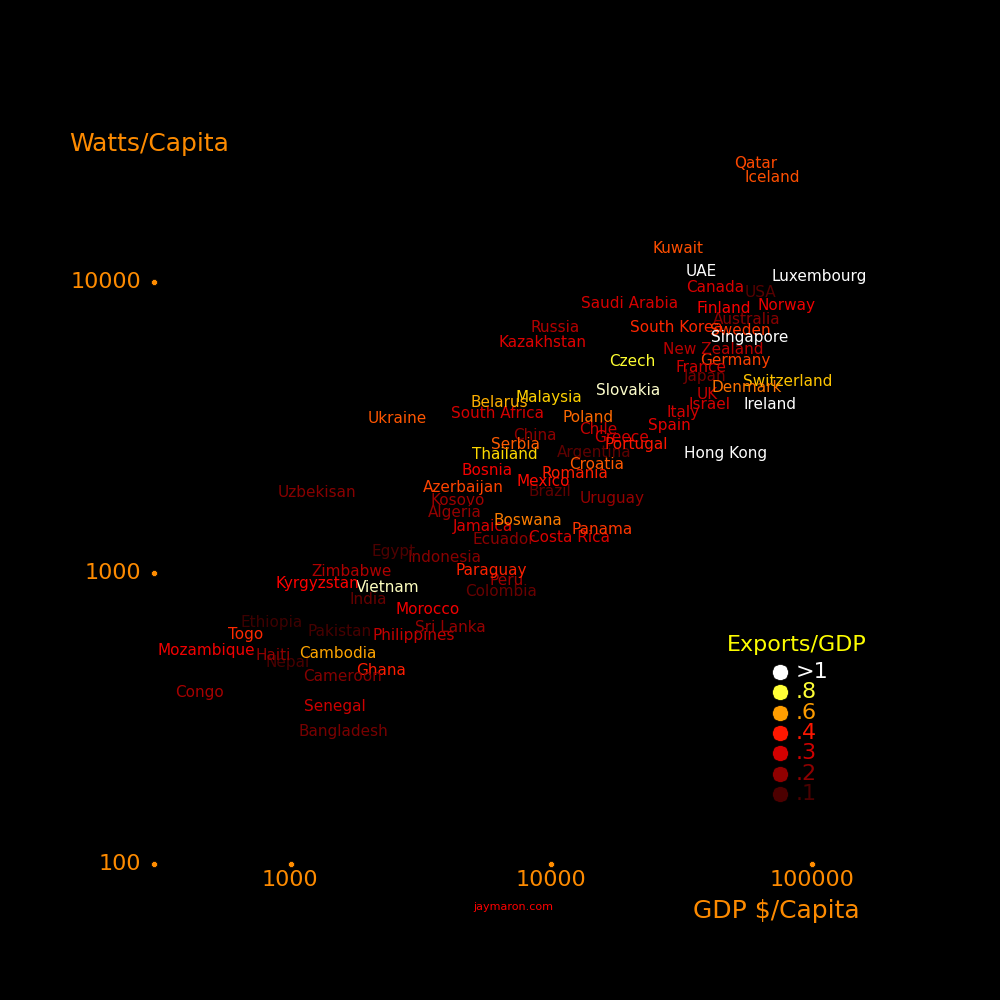 |
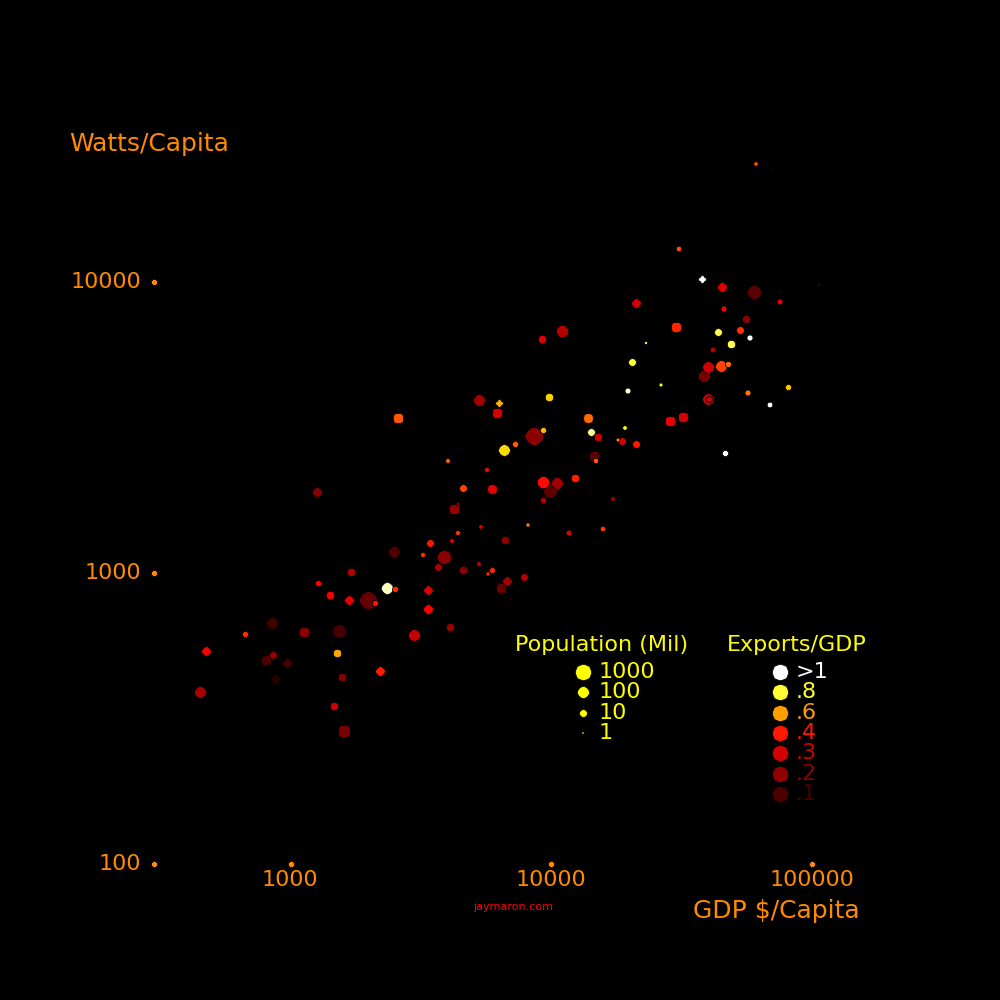 |
|---|---|
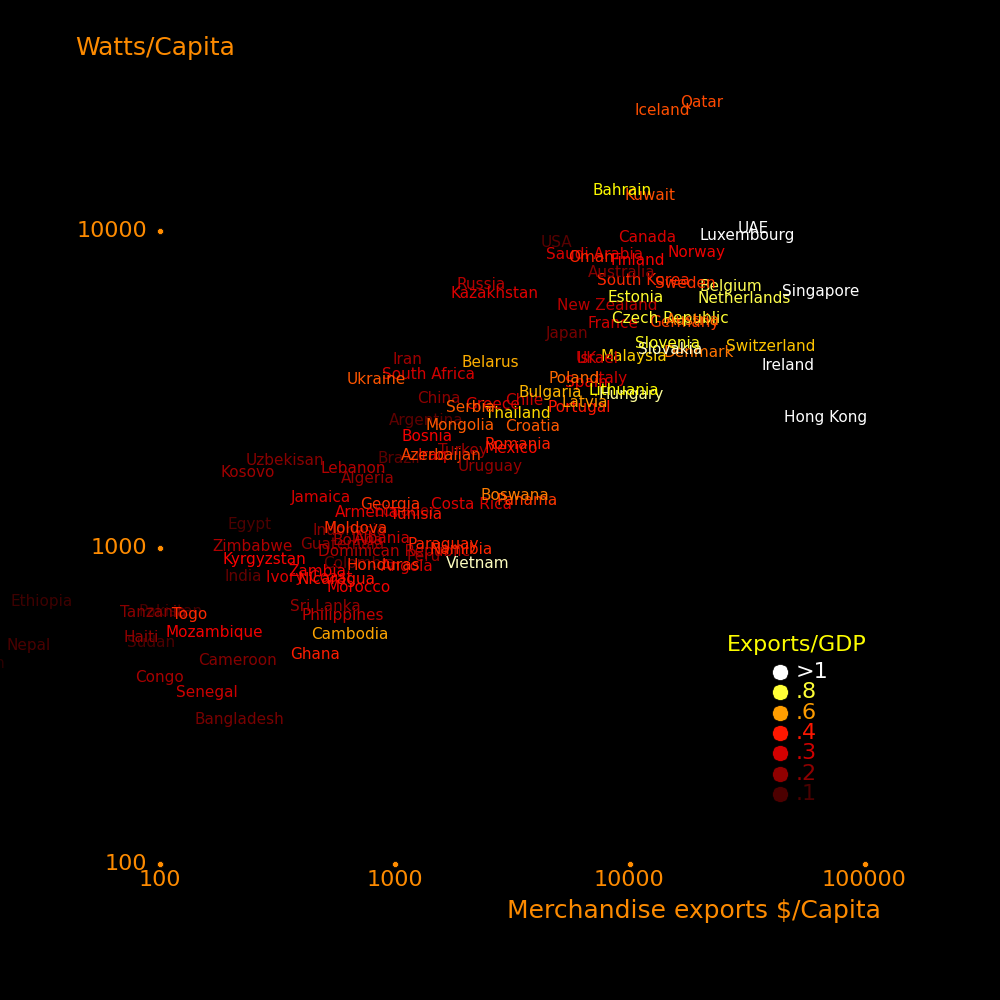 |
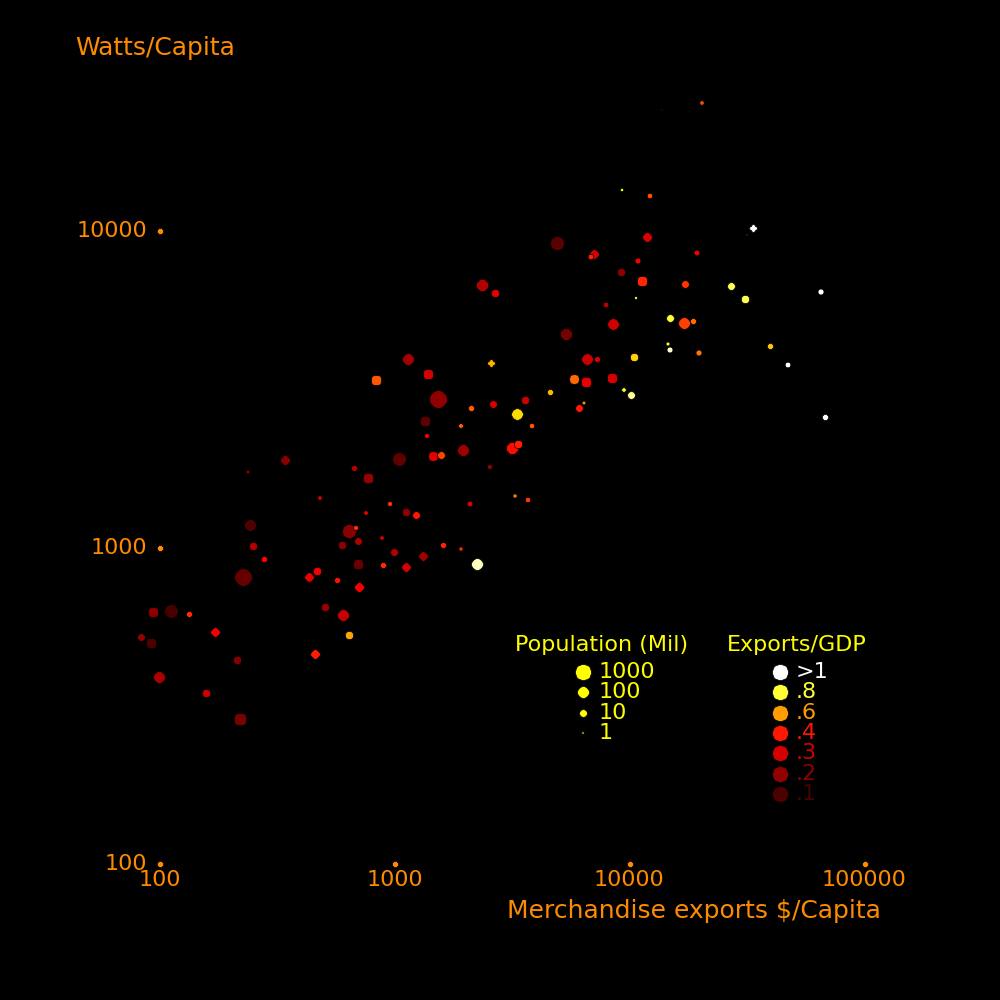 |
|---|---|
 |
|---|
Cobalt is the dominant cost for lithium-ion batteries, and copper is the dominant cost for solar cells, wind turbines, and electric motors.
Lithium-ion batteries can be made with or without cobalt, although cobalt is required if you want large energy/mass.
The critical metals are copper, lithium, cobalt, nickel, neodymium, silver, and rare Earths. Cobalt and rare Earths are a concern because they're scarse (42% of cobalt goes to batteries) and because they come from politically unstable regions.
The metal content of various devices is:
Cost Mining Reserves Battery Battery SolarCell SolarCell Wind Wind Motor Motor
$/kg Bkg/yr Bkg kg/MJoule $/MJoule kg/kWatt $/kWatt kg/kWatt $/kW kg/kWatt $/kWatt
Lithium 20 .6 30 .023 .46 - - - - - -
Cobalt 30 .12 7 .20 6.0 - - - - - -
Nickel 15 2.2 80 .20 3.0 - - - - - -
Copper 6 18 700 - - 5 30 4 24 .036 .22
Neodymium 25 .01 .6 - - - - .014 .28 .0062 .16
Silver 450 .026 .53 - - .034 15 - - - -
All lithium-ion batteries contain lithium and most contain an equal number of lithium and cobalt atoms. Lithium-ion batteries typically contain an equal number of lithium and cobalt atoms. A cobalt atom is substantially more massive than a lithium atom and so batteries have much more cobalt mass than lithium mass. Cobalt reserves are smaller than lithium reserves and so we will run out of cobalt before we run out of lithium.
For a typical car battery, the cobalt cost is:
Energy = 100 MJoules Cobalt cost per MJoule = 6.0 $/MJoule Cobalt cost = 600 $
If we make 1 billion electric cars then the total cobalt mass is:
Energy = 100 MJoules Cobalt mass per MJoule = .2 kg Cobalt mass per car = 20 kg Number of cars = 1 billion cars Total cobalt mass = 20 Bkg Cobalt mining = .12 Bkg/year Cobalt reserves = 7 Bkg
The cobalt required far exceeds annual mining and it even exceeds reserves. Not all batteries will be able to have cobalt.
All lithium-ion batteries contain lithium and they can also contain cobalt, manganese, nickel, and aluminum. Only lithium (20 $/kg) and cobalt (30 $/kg) are expensive enough to matter. Batteries with high energy/mass require cobalt. The battery types are:
Energy/Mass Market Commer-
MJoule/kg frac cialized
Lithium-ion LiS 1.44 0 Future
Lithium-ion LiCoO2 .95 .29 1991
Lithium-ion LiNiCoAlO2 .79 .10 1999
Lithium-ion LiNiCoMnO2 .74 .29 2008
Lithium-ion LiMn2O4 .54 .10 1999
Lithium-ion LiFePO4 .47 .22 1996
Alkaline .40 1992
Nickel metal hydride .34 1990
Lead acid .15 1881
Nickel cadmium .14 1960
Lithium-iBatteries typically cost 100 $/MJ. "Market fraction" is for lithium-ion batteries only.
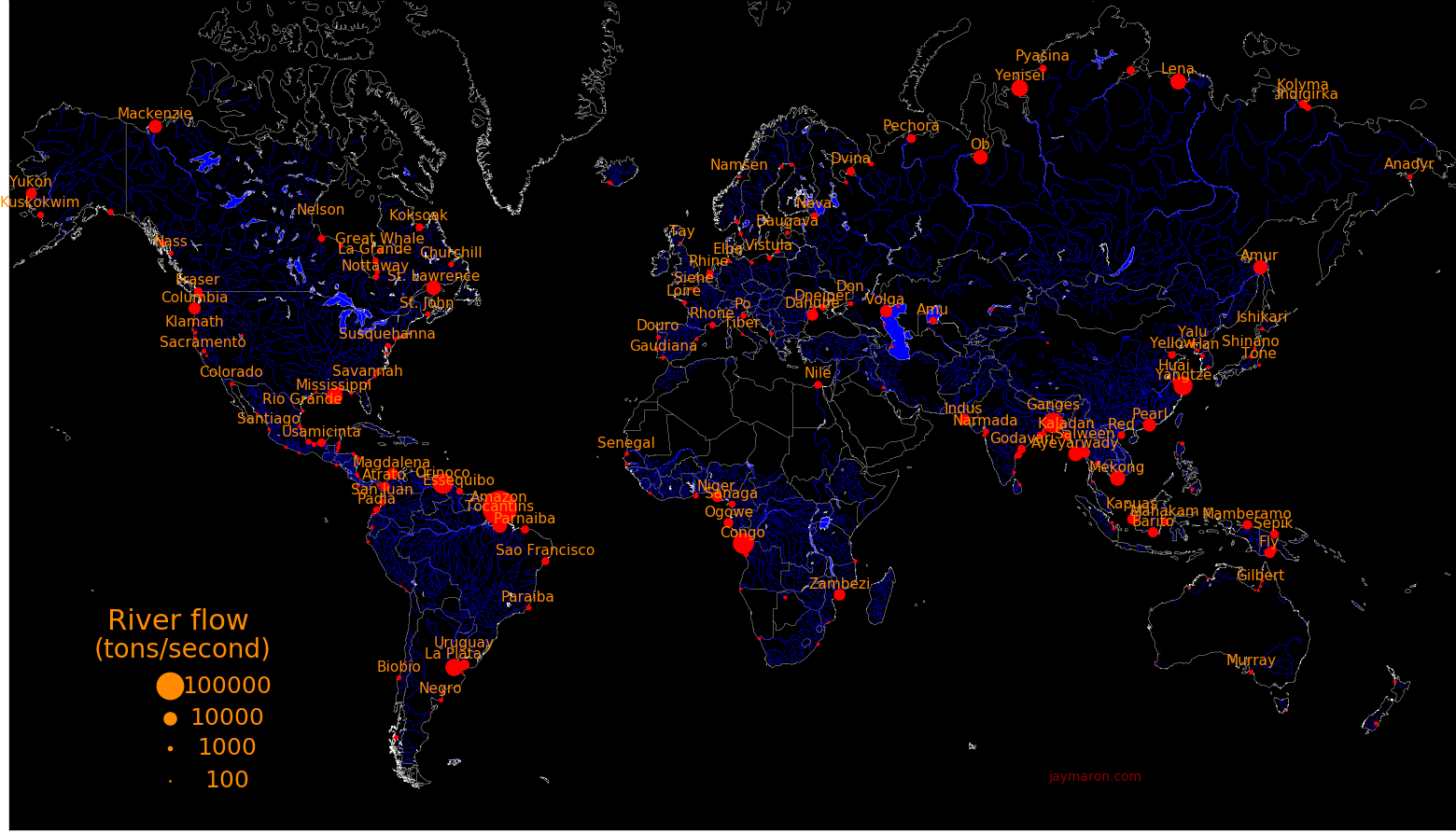 |
|---|
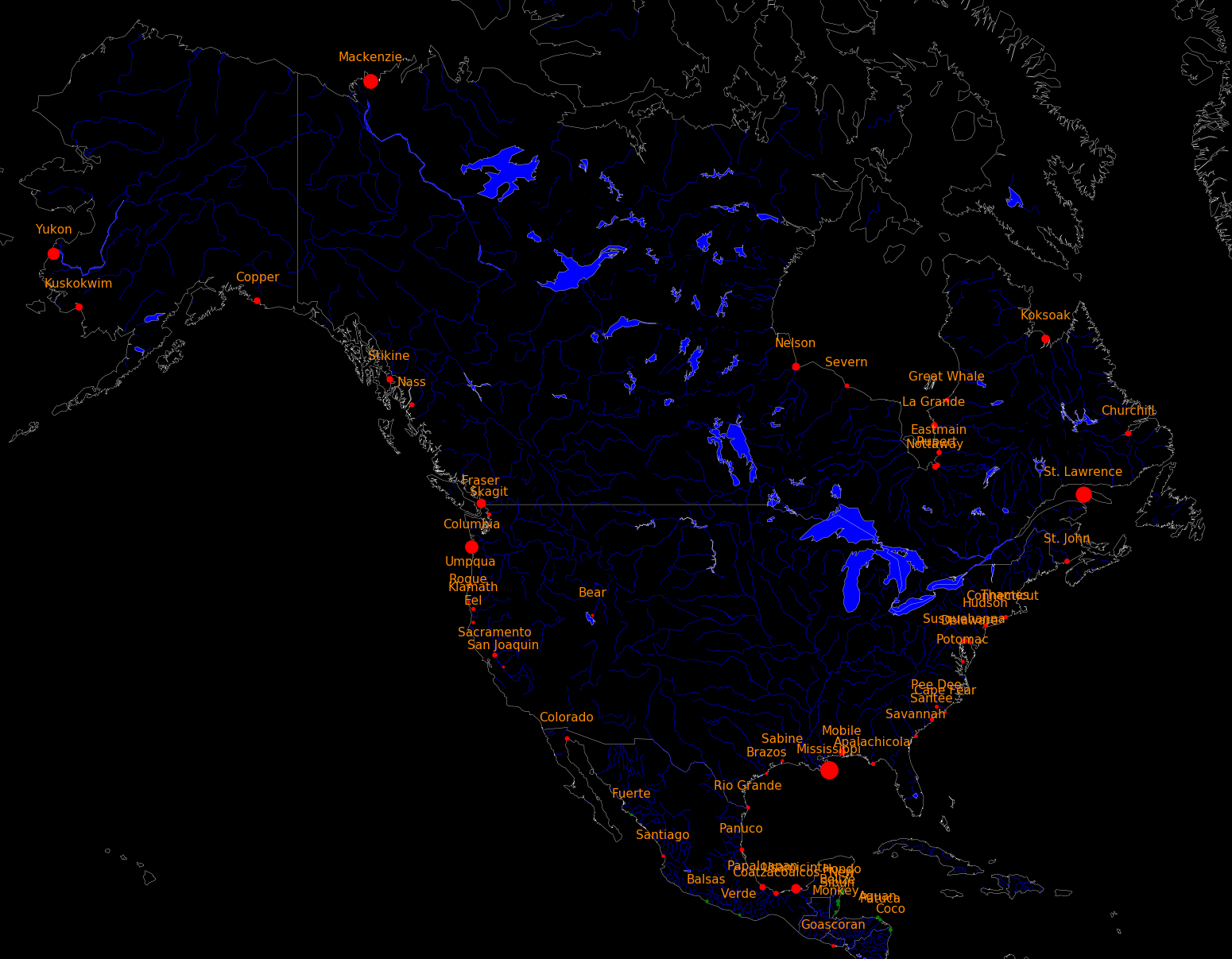 |
|---|
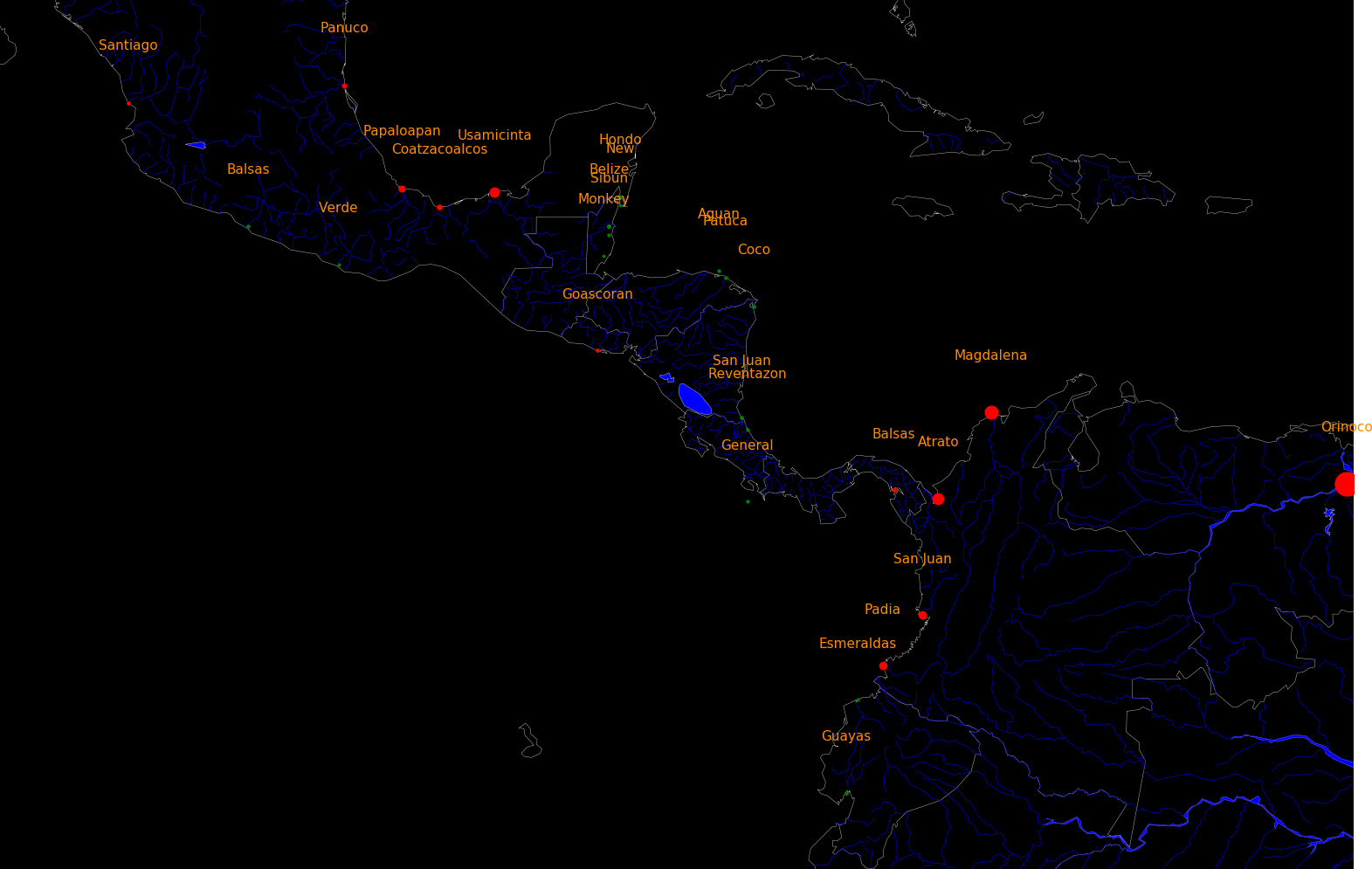 |
|---|
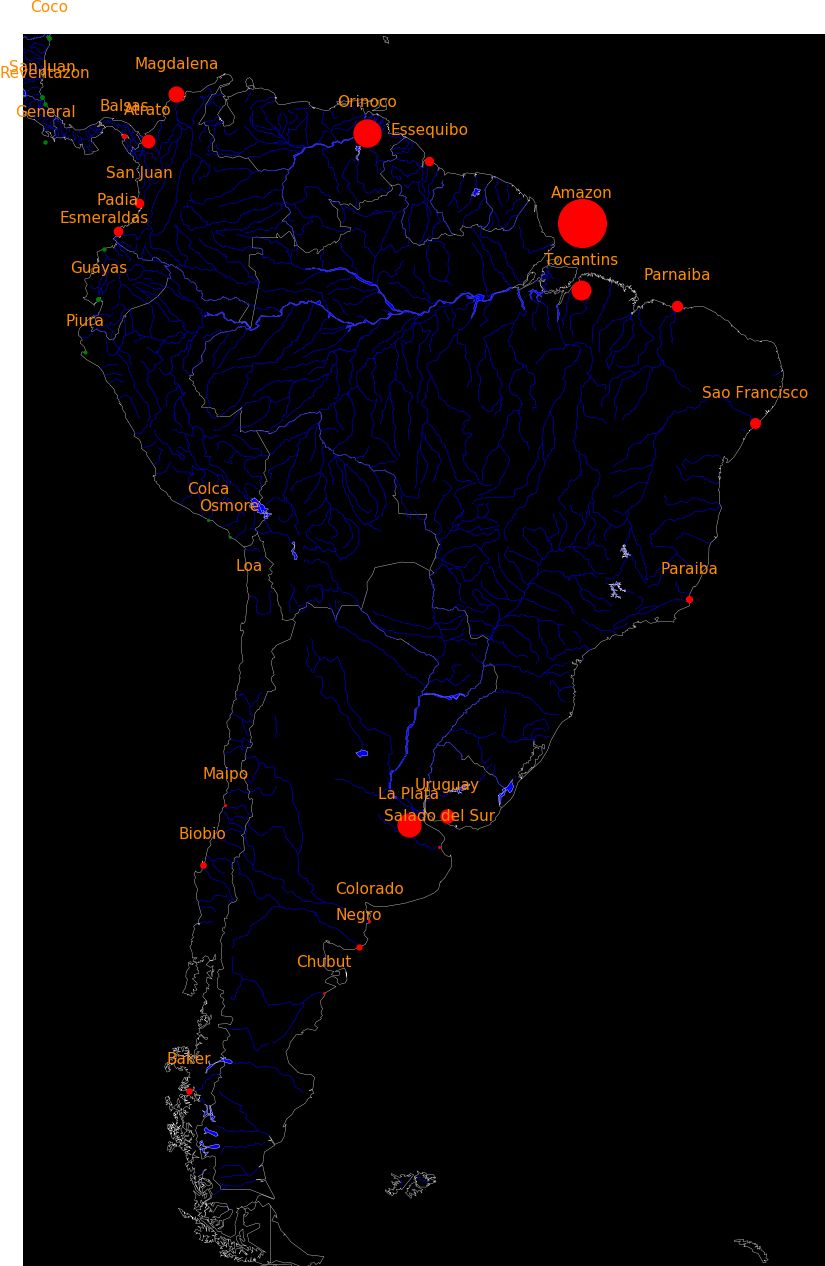 |
|---|
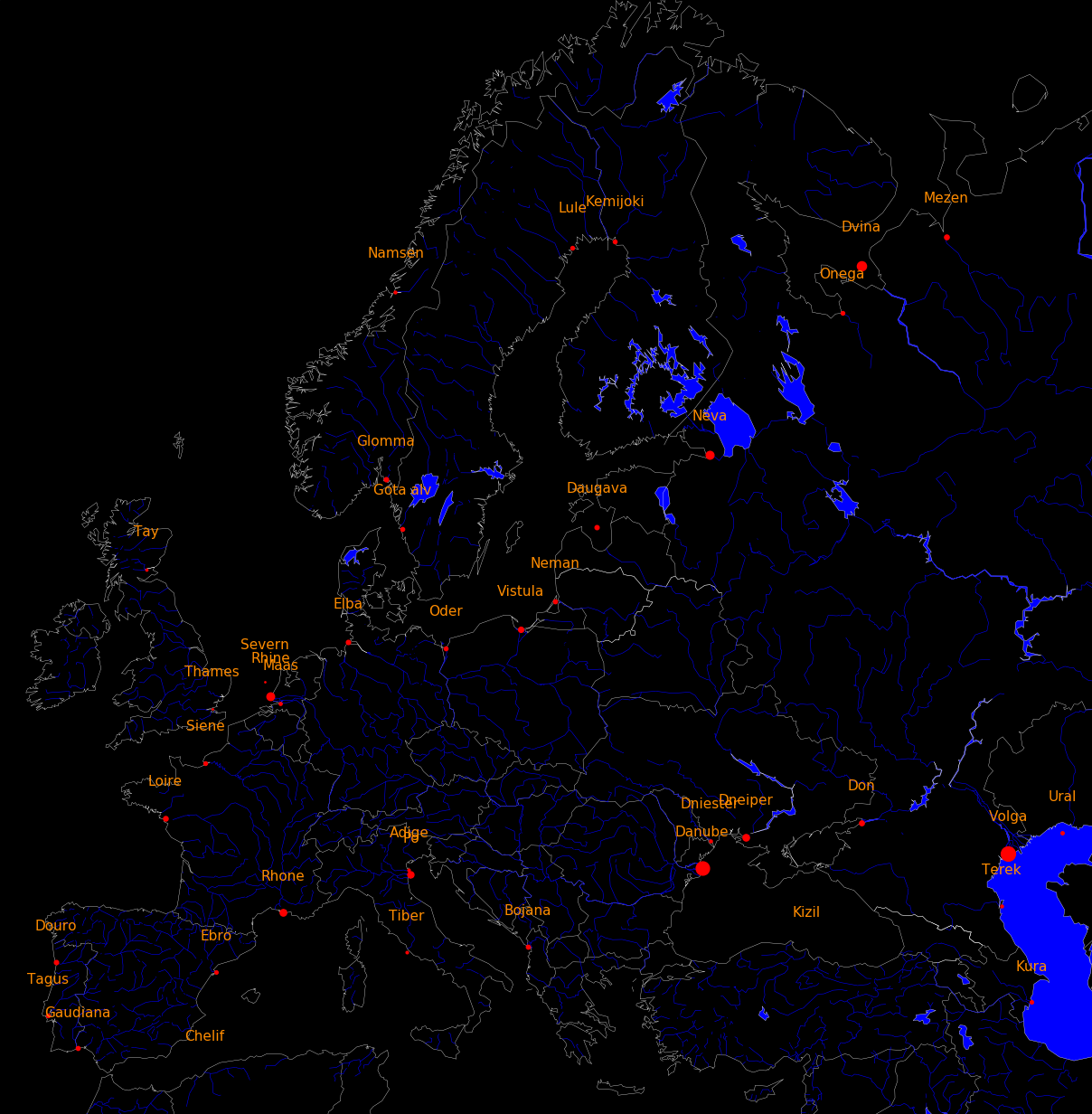 |
|---|
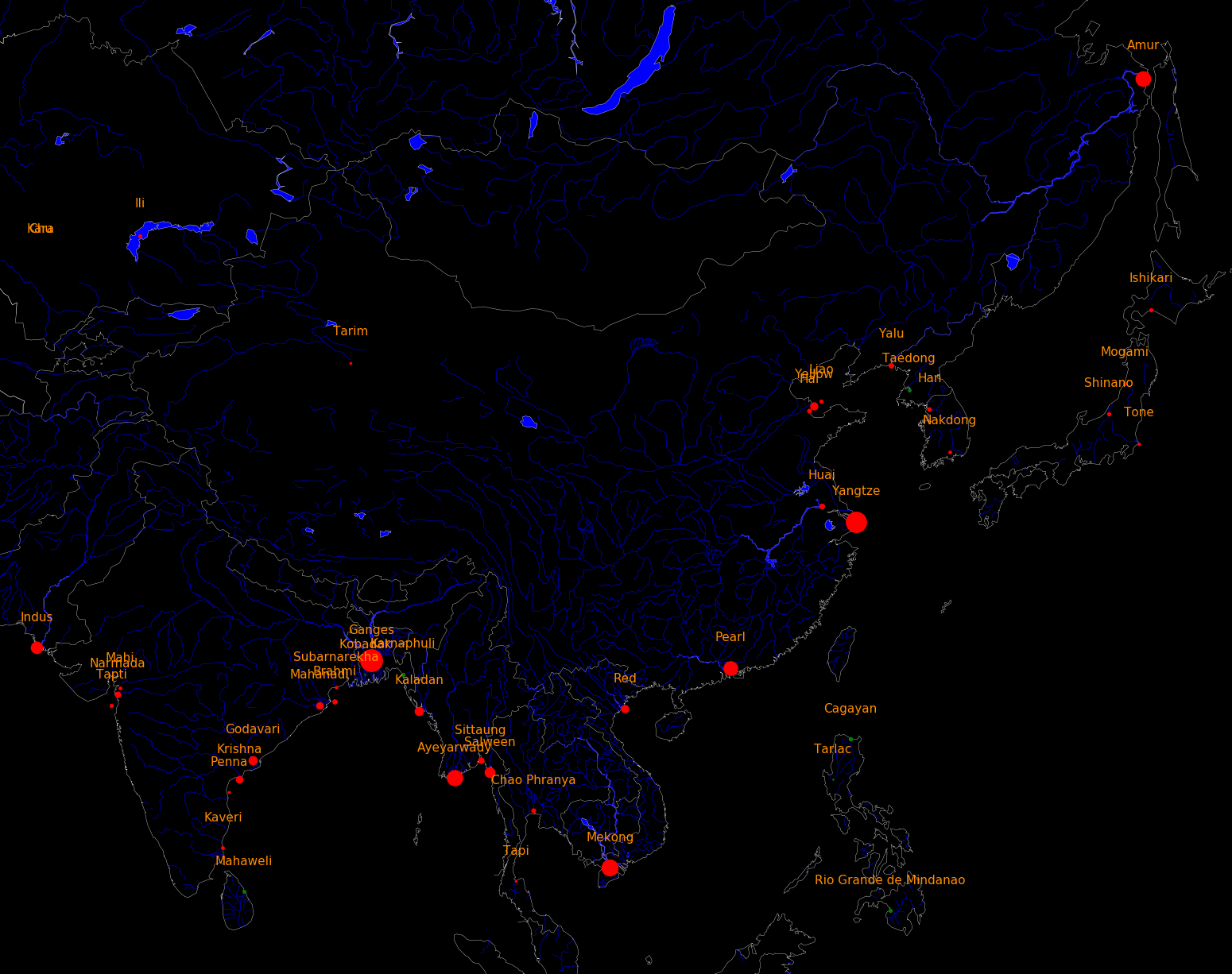 |
|---|
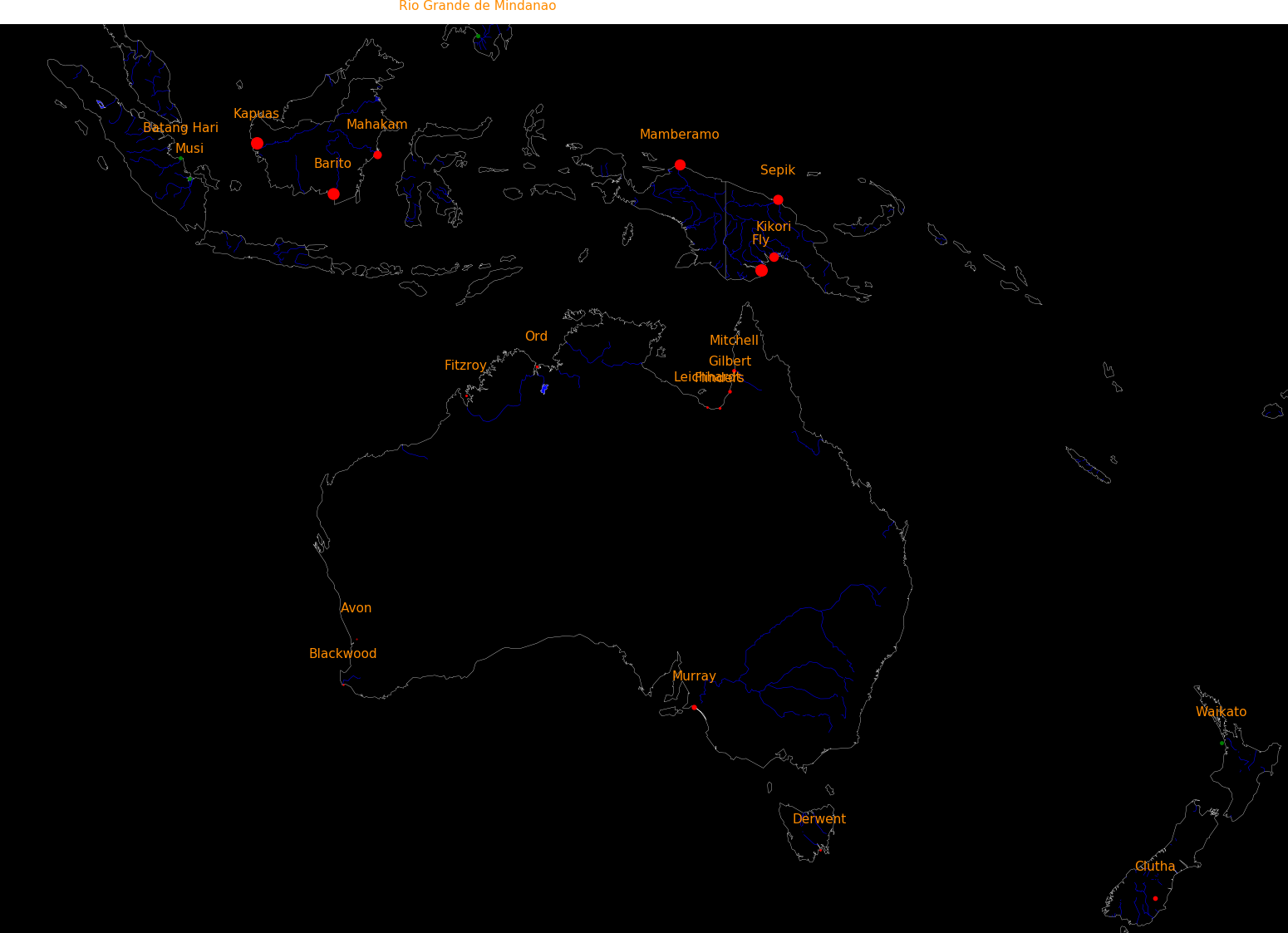 |
|---|
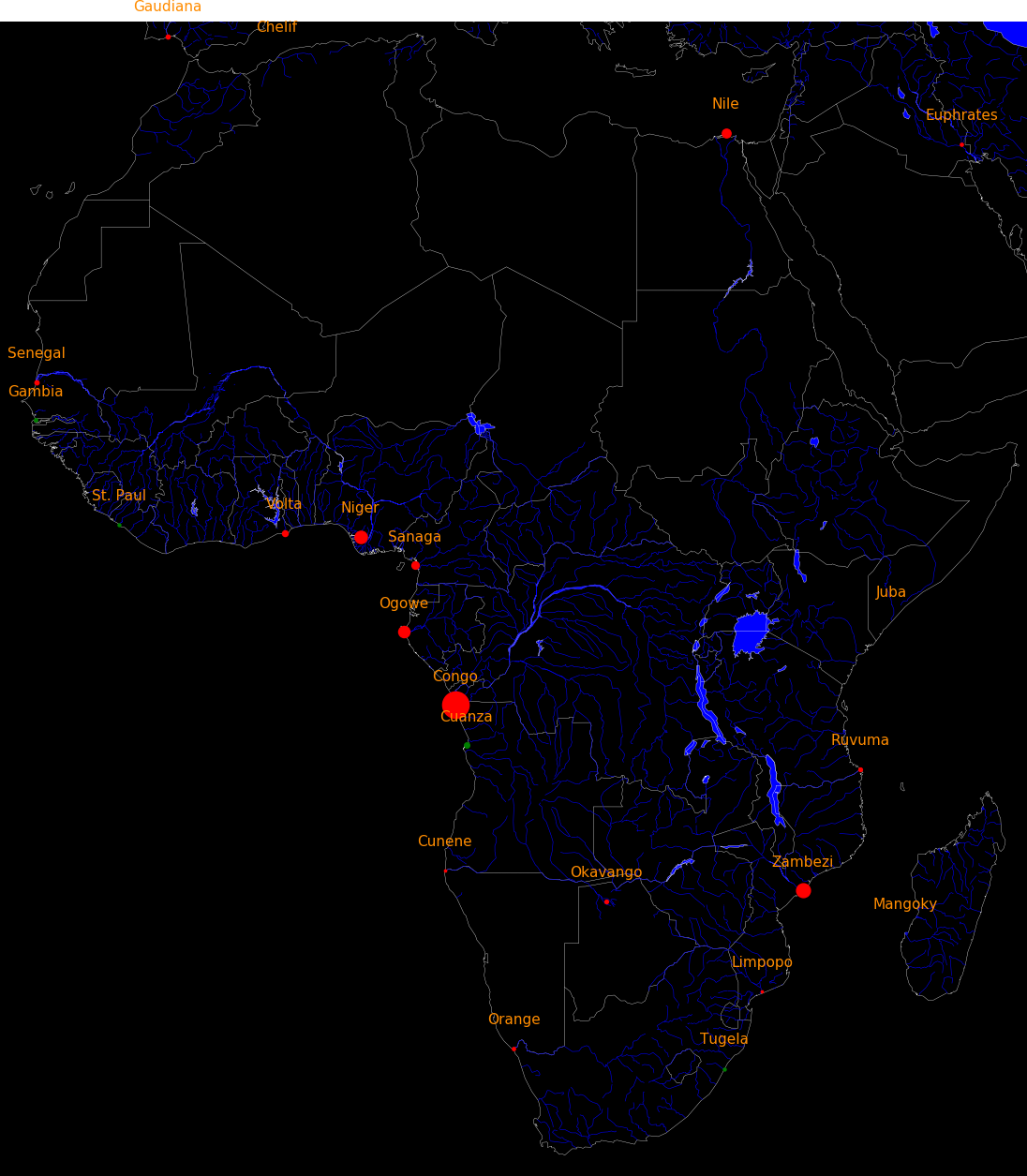 |
|---|
These elements are not necessarily on the Science Olympiad list.
We list minerals by element, with the most abundant mineral for each element listed first.
.jpg) |
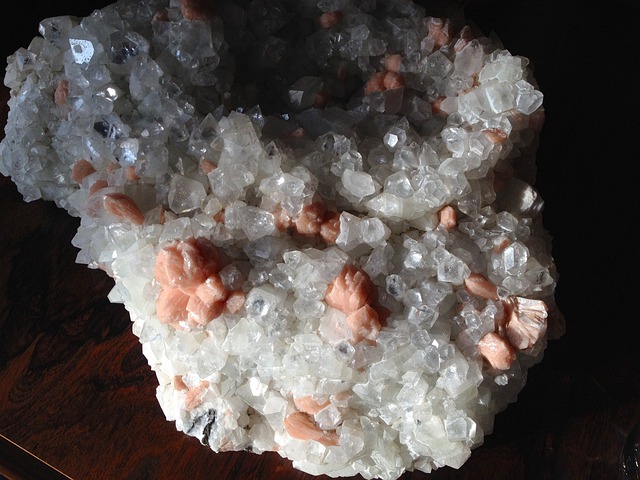 |
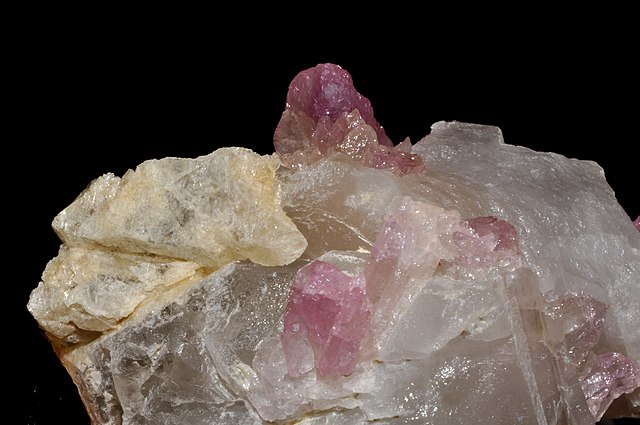 |
|---|---|---|
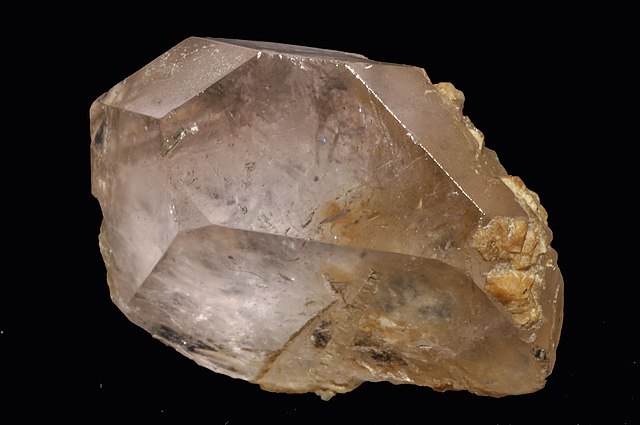 |
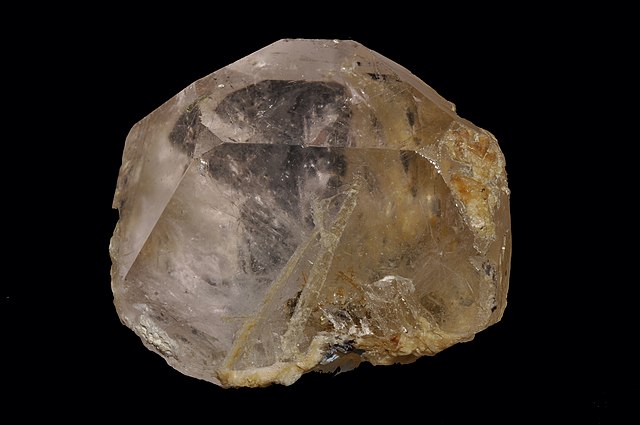 |
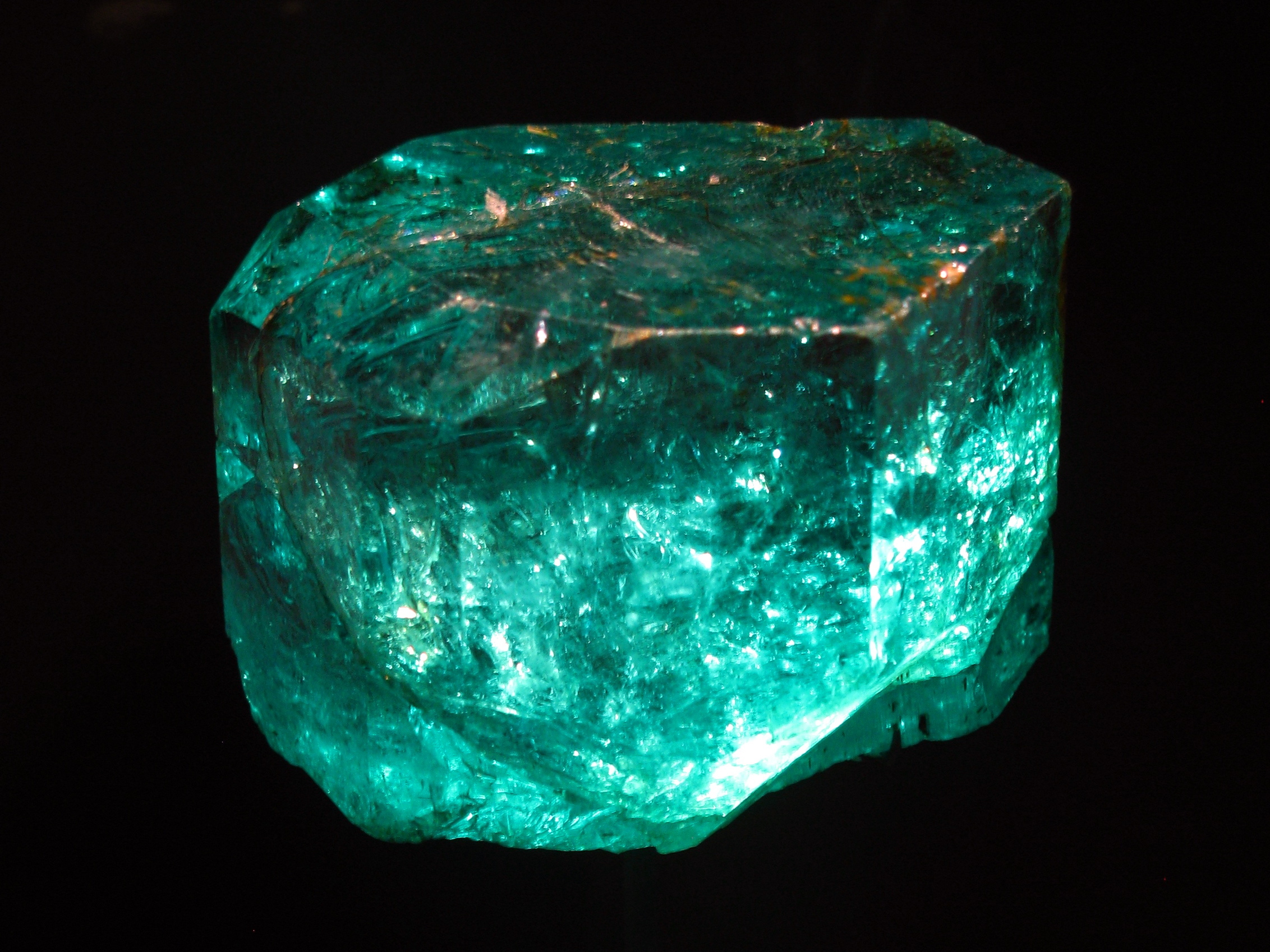 |
|---|---|---|
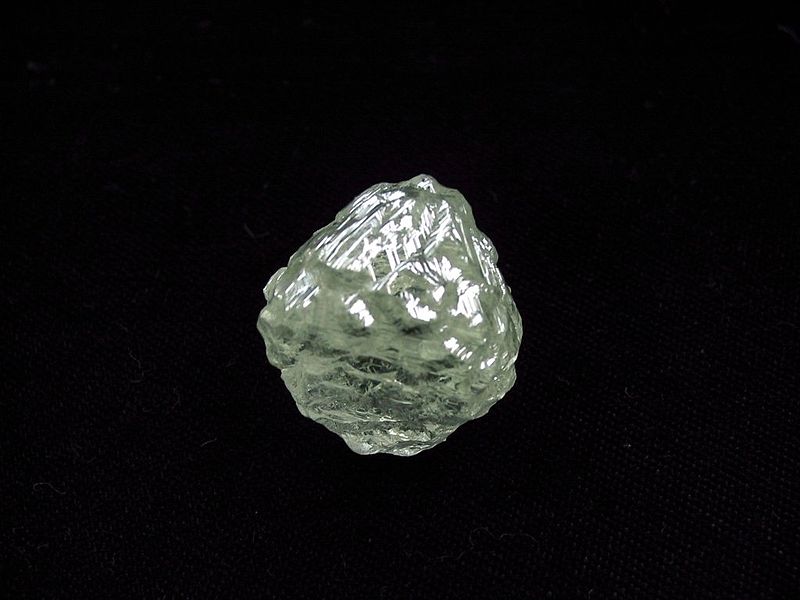 |
|---|
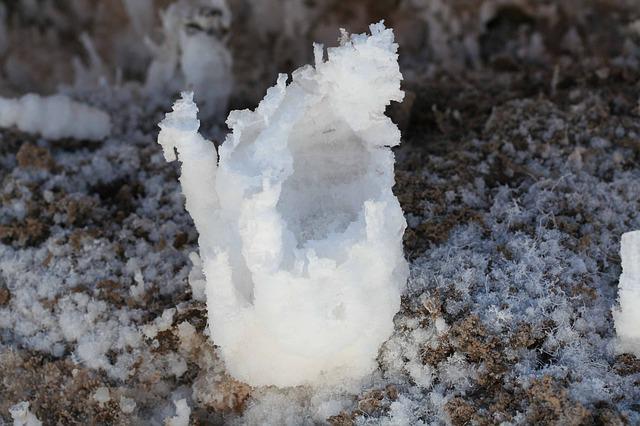 |
|---|
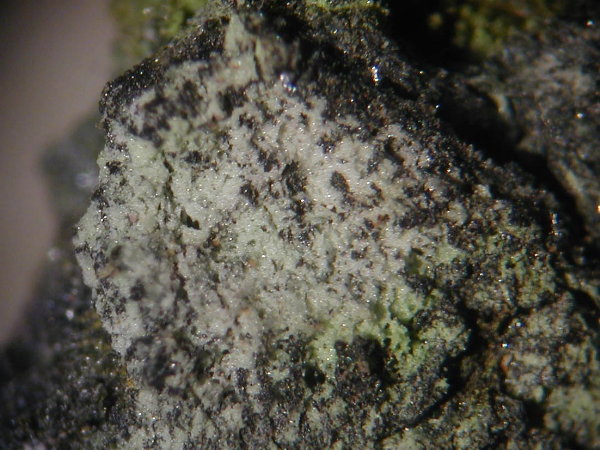 |
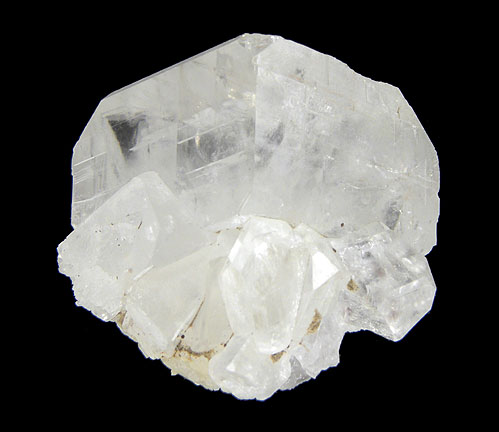 |
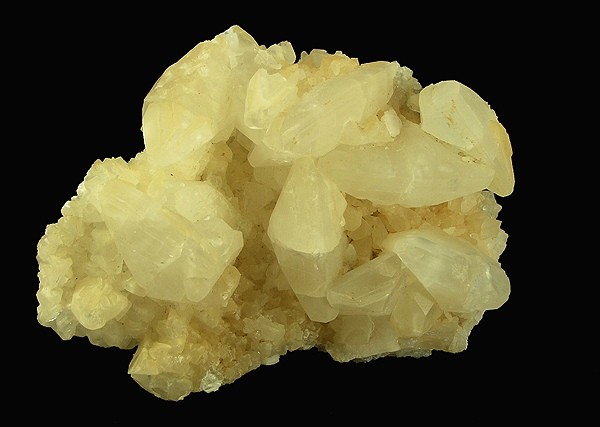 |
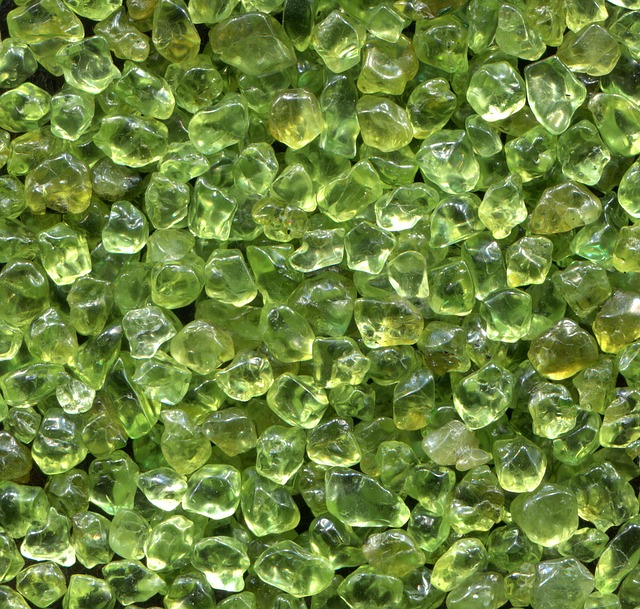 |
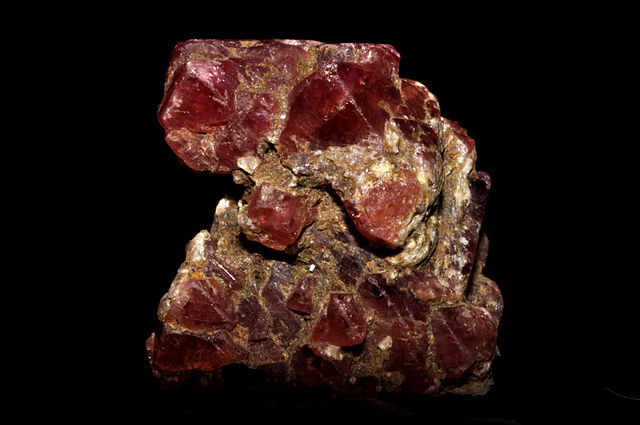 |
|
|---|---|---|---|---|---|
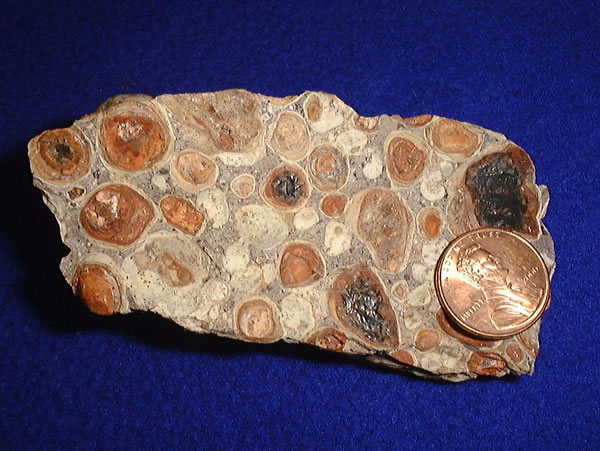 |
2(OH)6.jpg) |
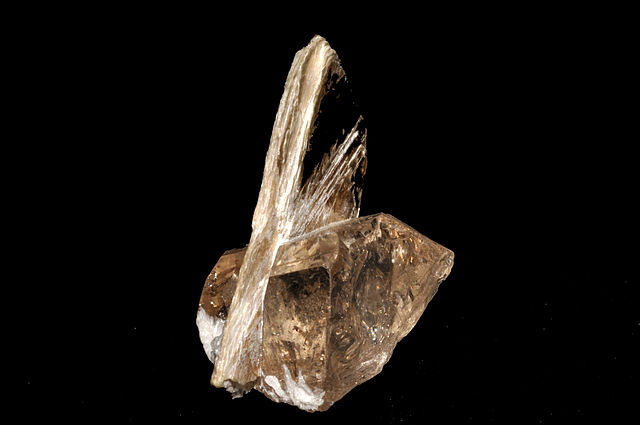 |
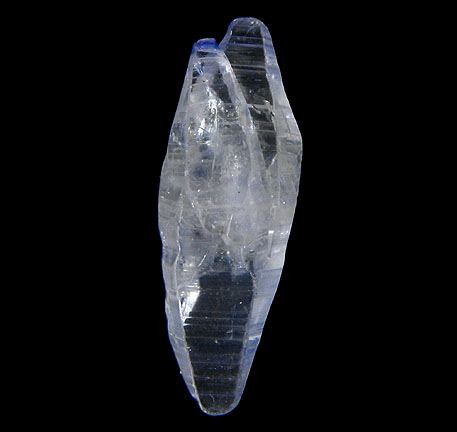 |
|
|---|---|---|---|---|
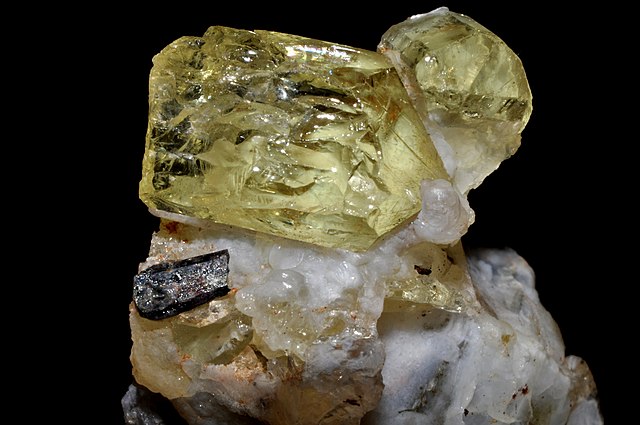 |
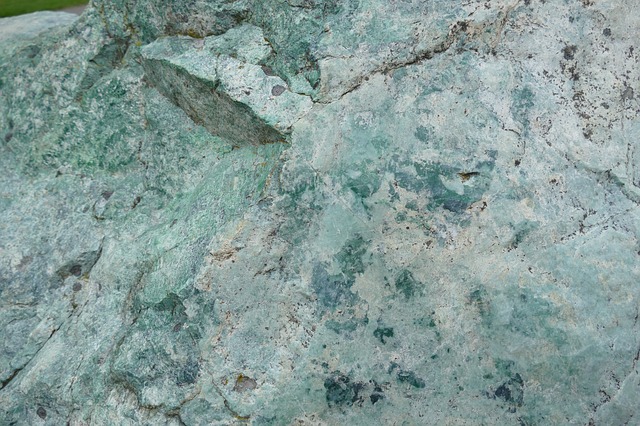 |
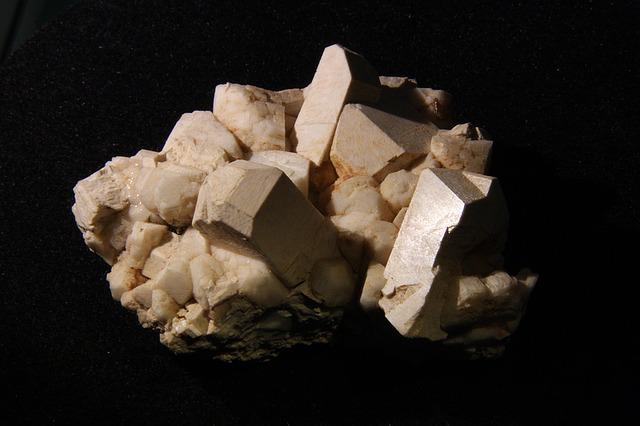 |
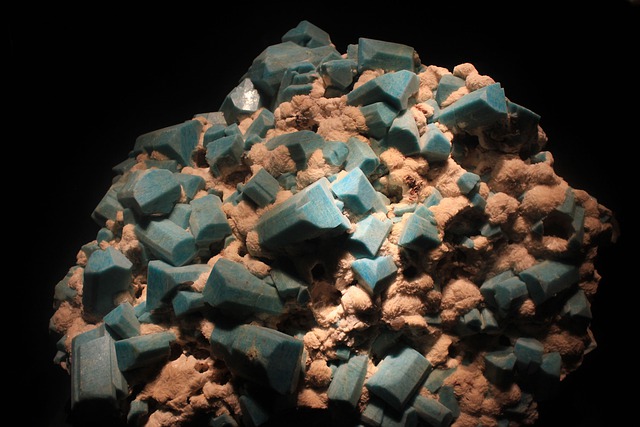 |
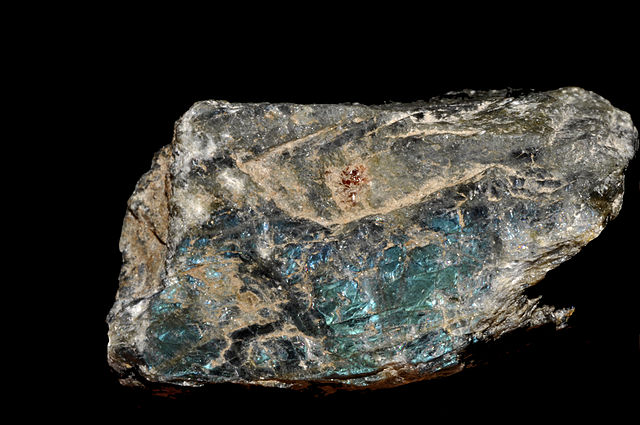 |
|---|---|---|---|---|
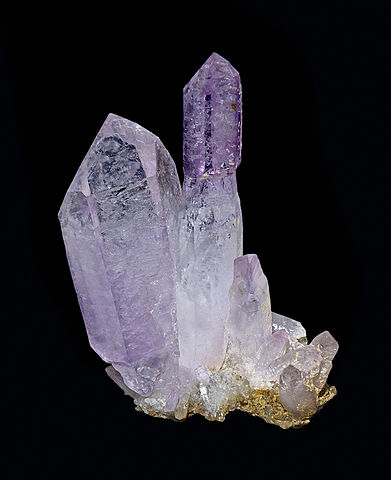 |
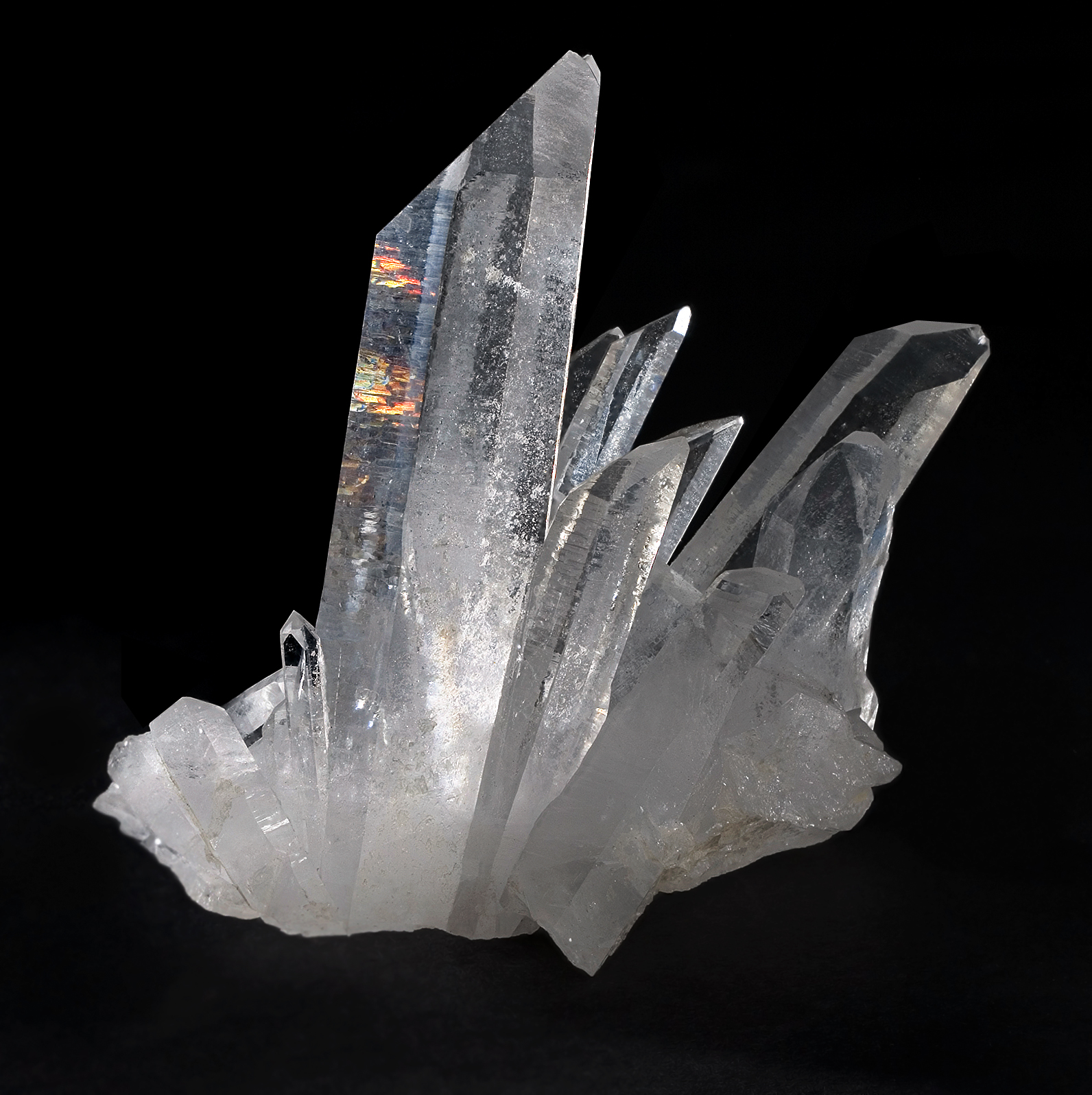 |
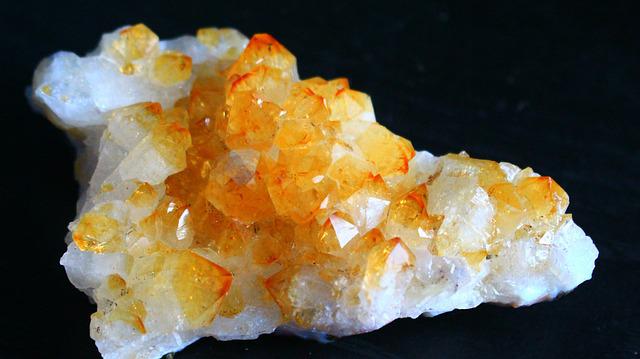 |
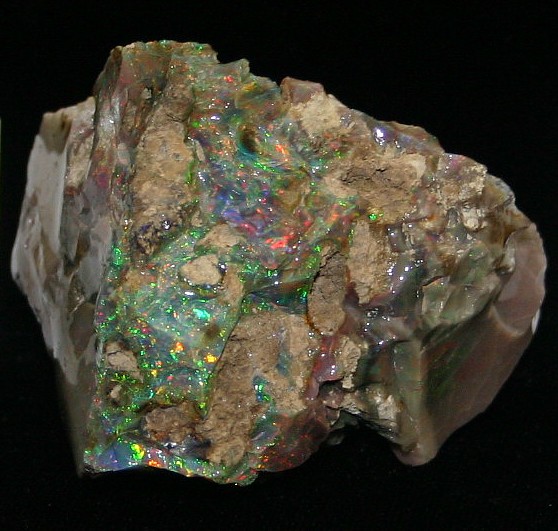 |
 |
|---|---|---|---|---|
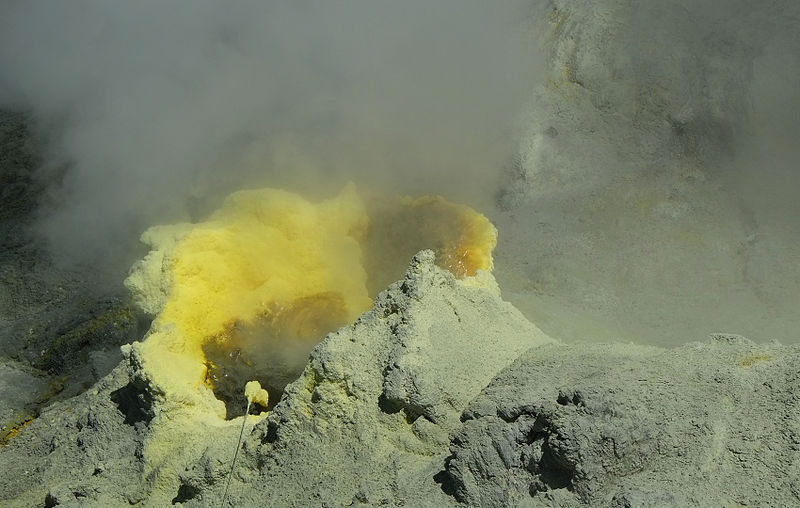 |
|---|
_.jpg) |
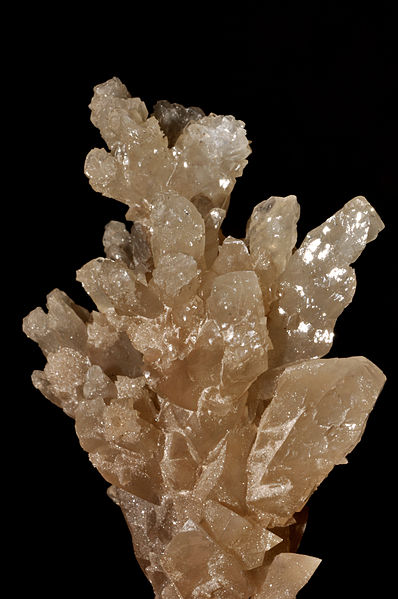 |
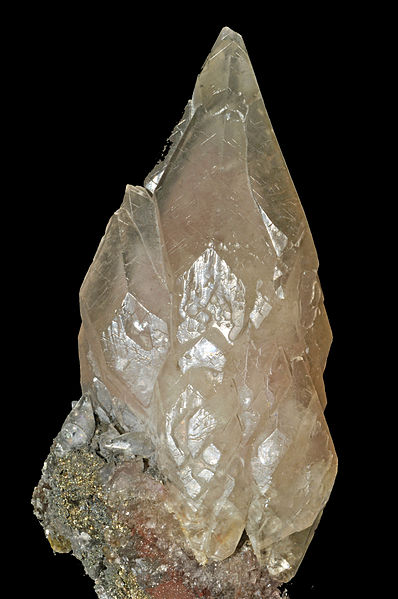 |
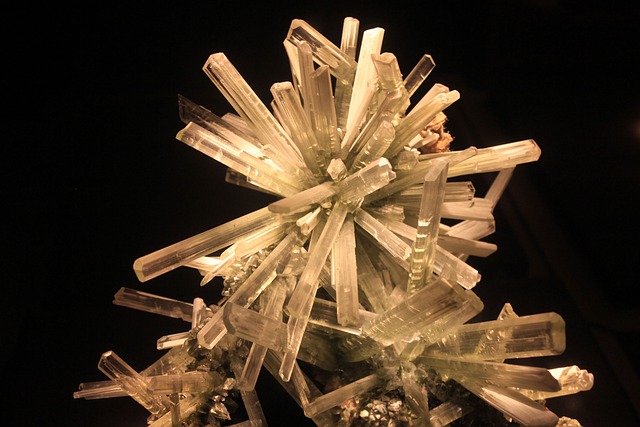 |
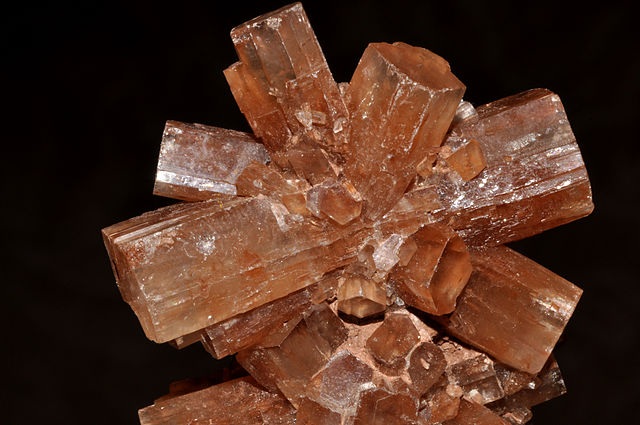 |
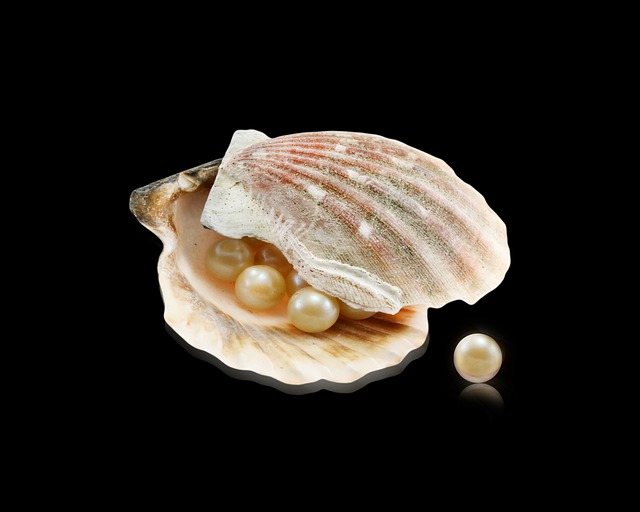 |
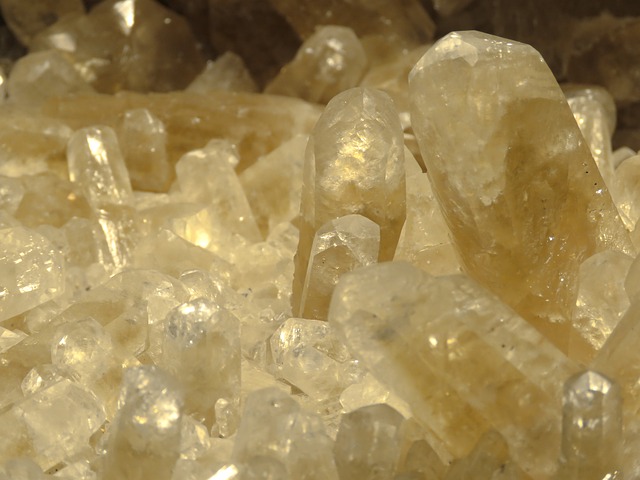 |
|---|---|---|---|---|---|---|
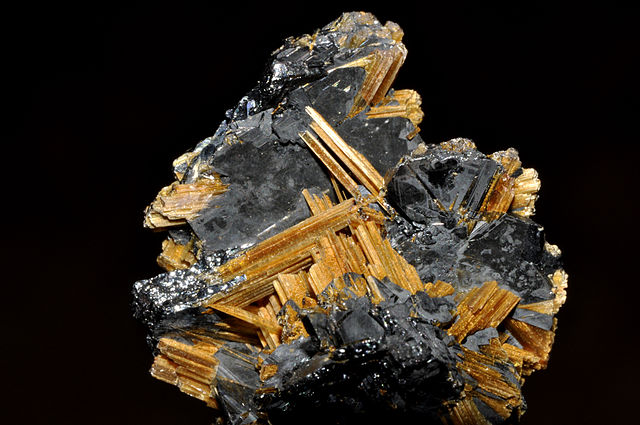 |
.jpg) |
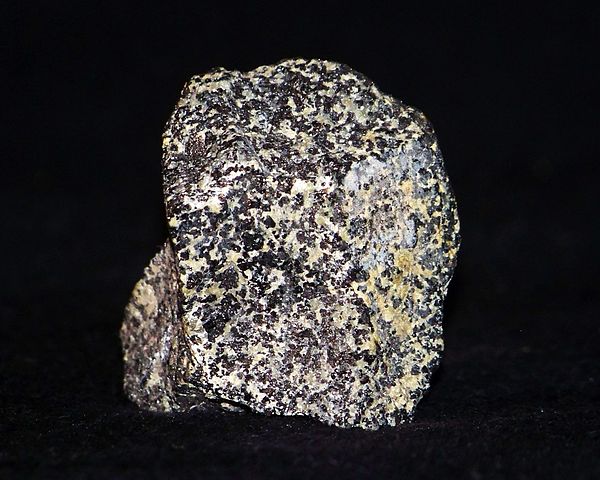 |
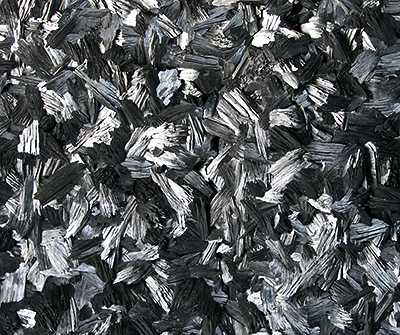 |
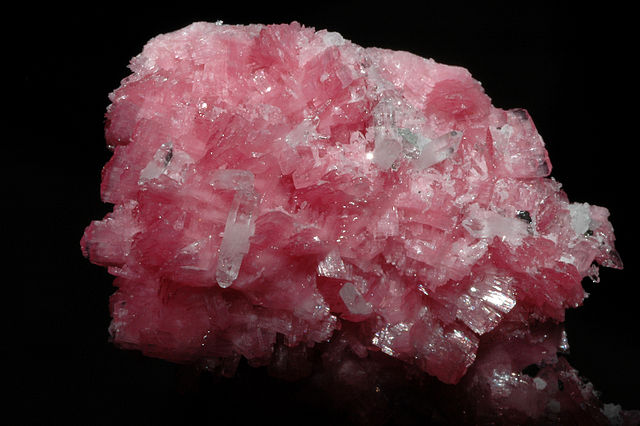 |
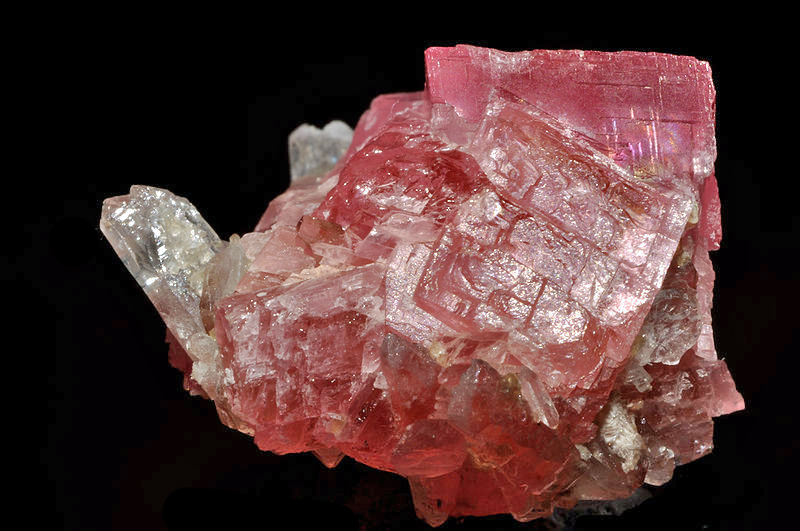 |
|---|---|---|---|---|---|
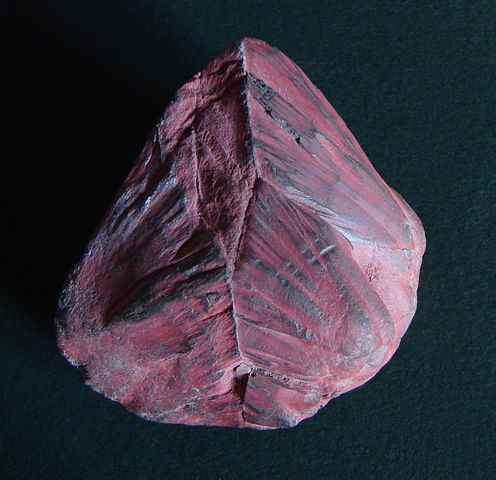 |
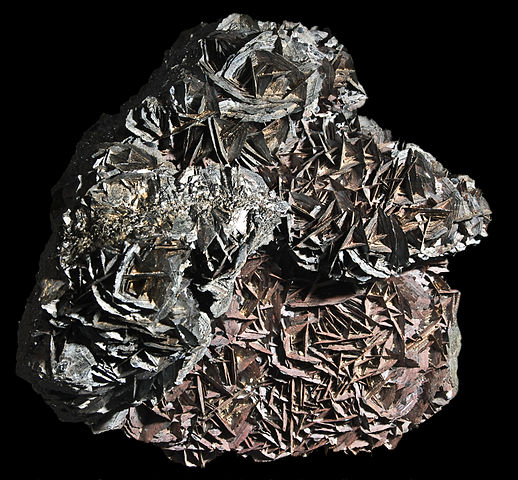 |
.jpg) |
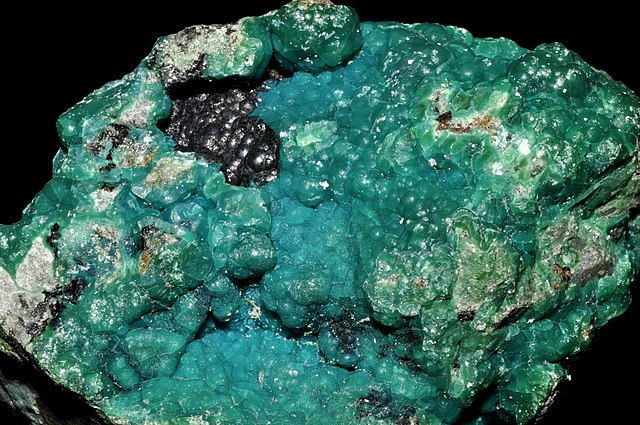 |
|
|---|---|---|---|---|
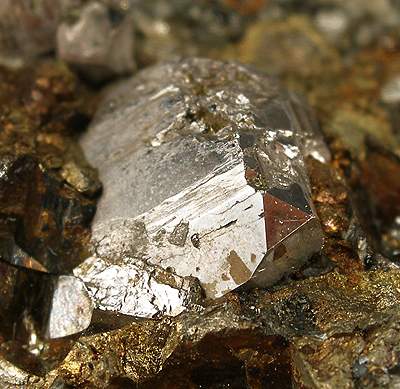 |
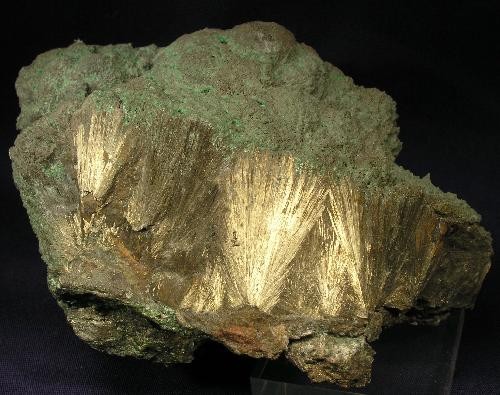 |
|---|---|
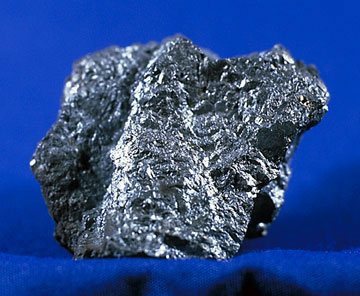 |
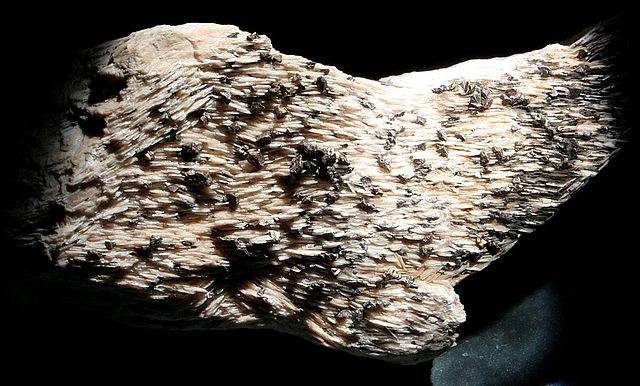 |
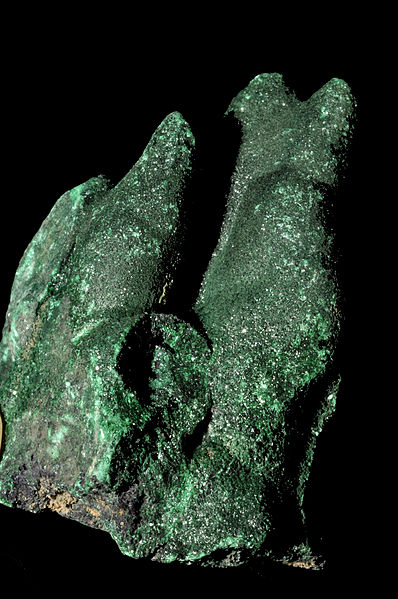 |
_3.jpg) |
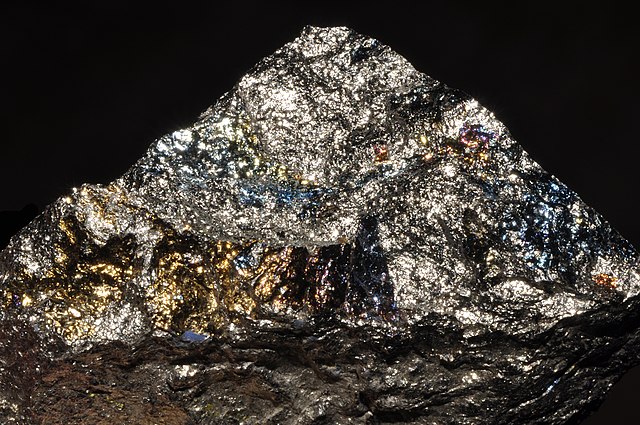 |
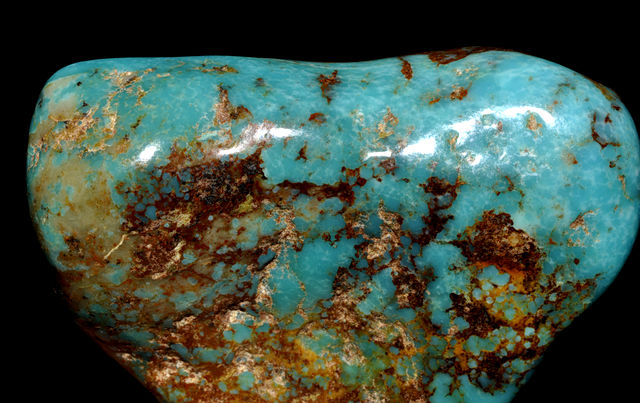 |
|---|---|---|---|---|---|
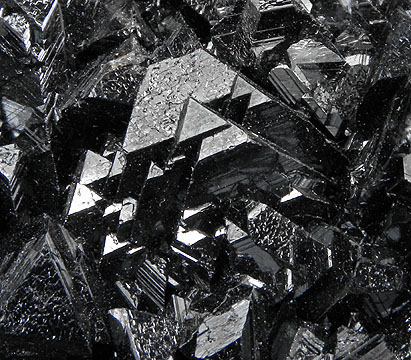 |
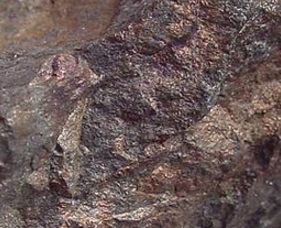 |
|---|---|
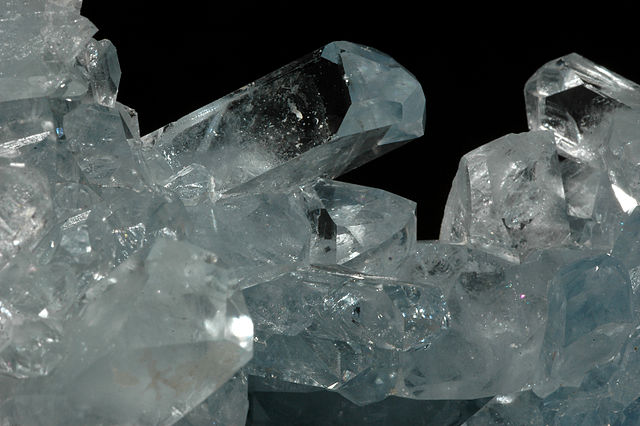 |
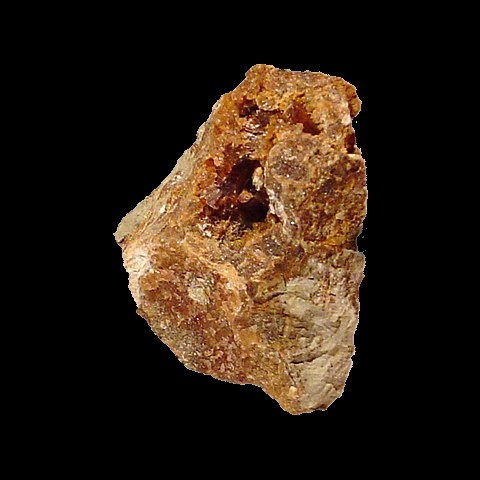 |
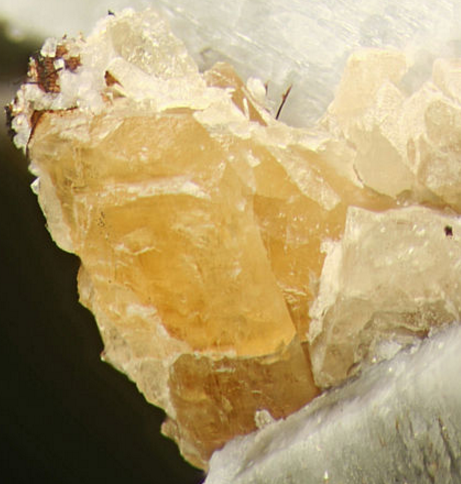 |
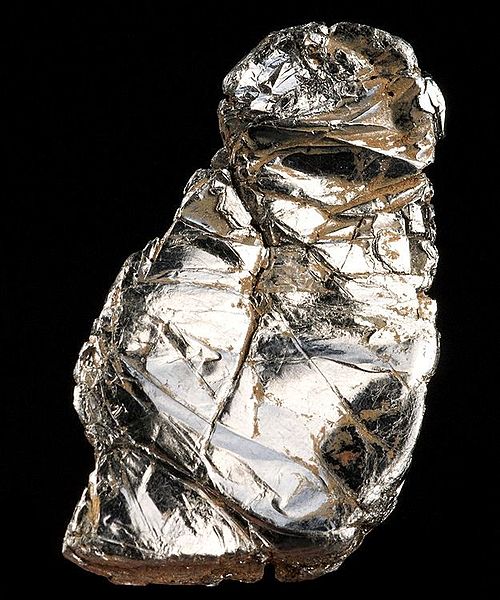 |
|---|---|---|---|
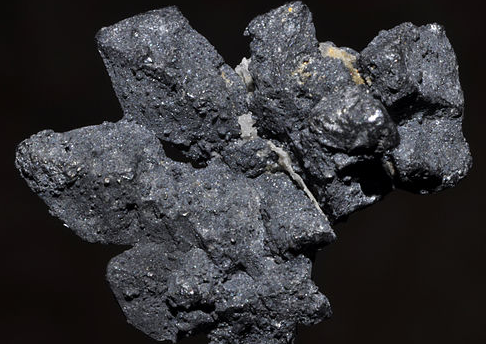 |
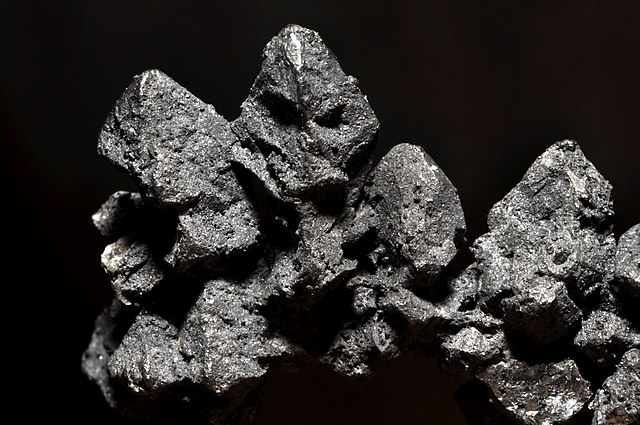 |
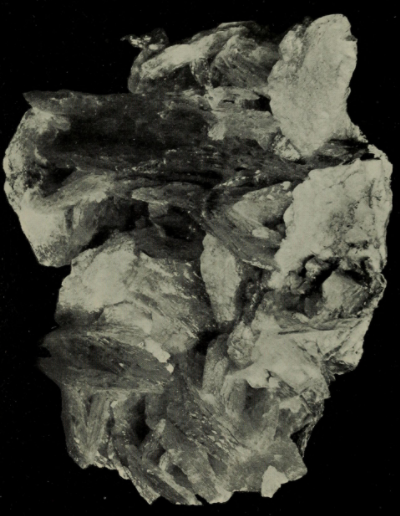 |
|---|---|---|
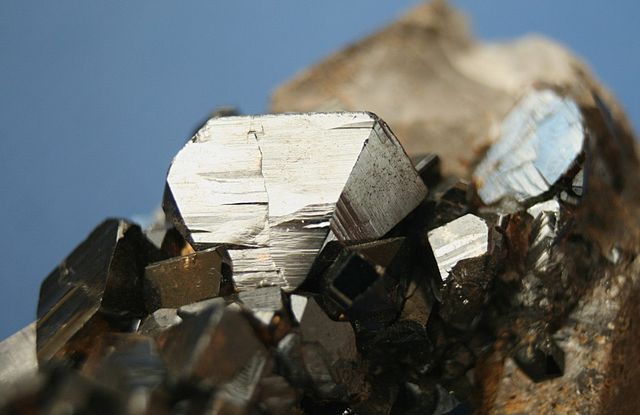 |
|---|
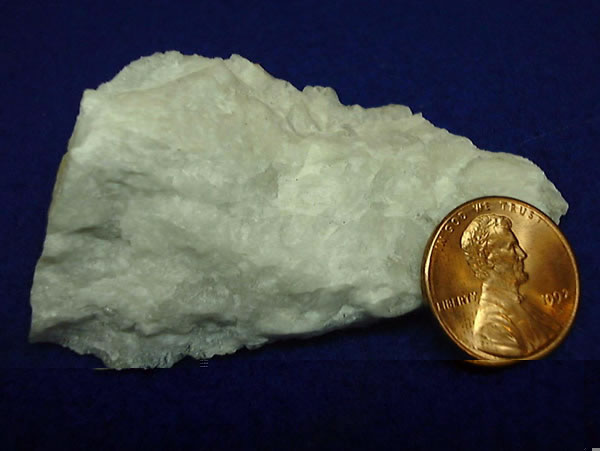 |
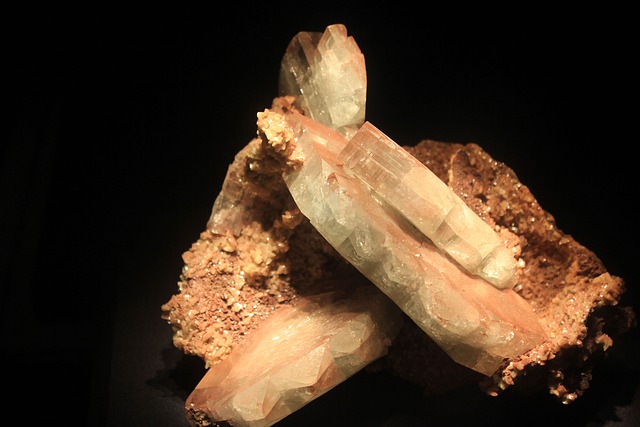 |
-178918.jpg) |
|---|---|---|
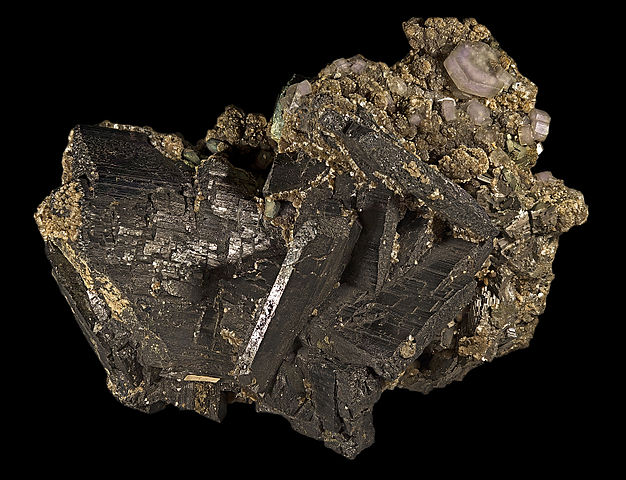 |
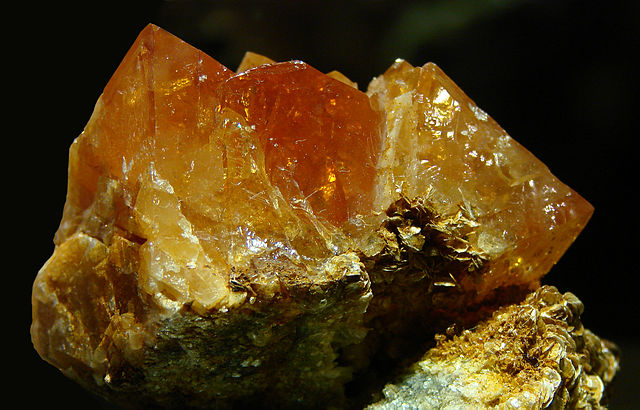 |
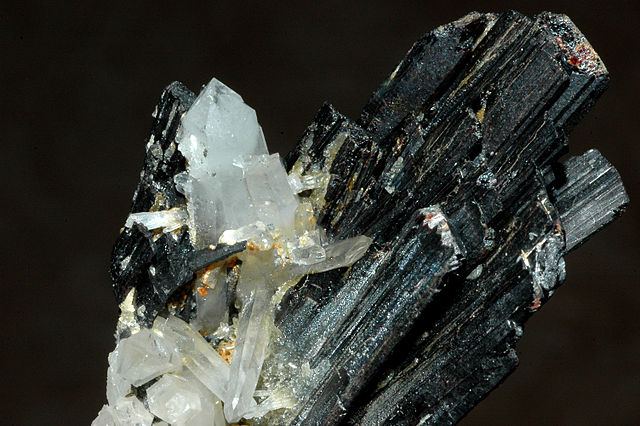 |
|---|---|---|
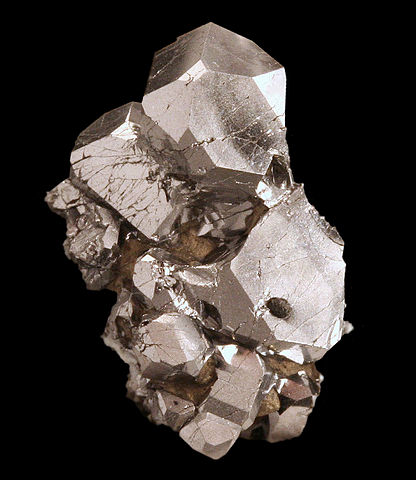 |
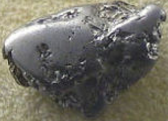 |
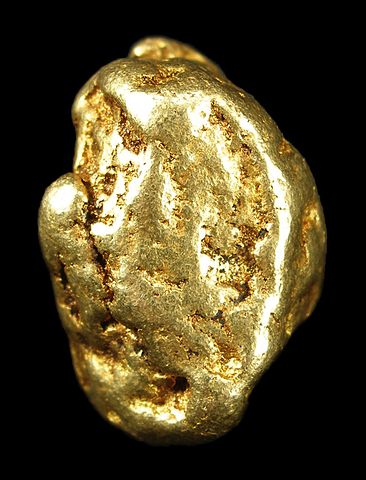 |
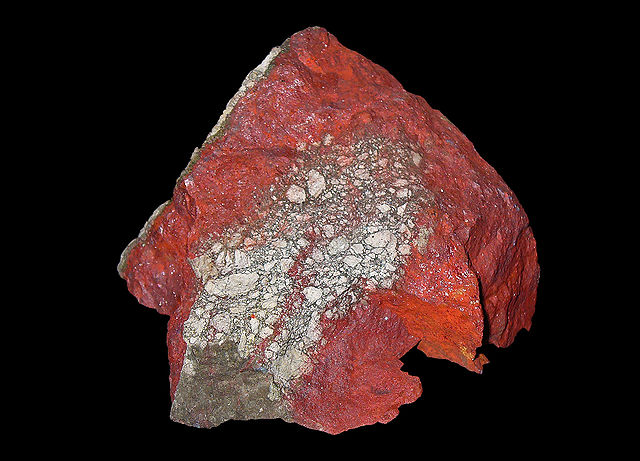 |
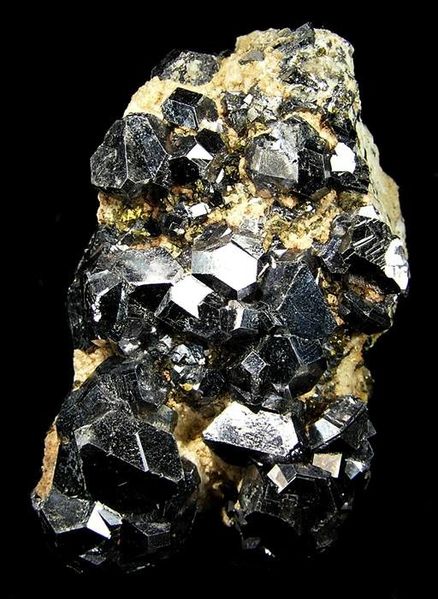 |
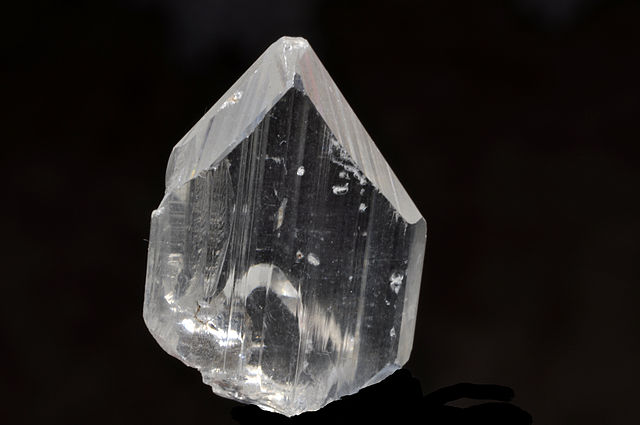 |
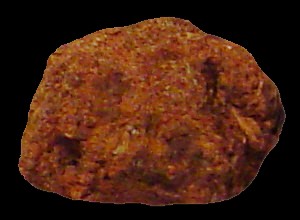 |
|---|---|---|---|---|---|---|
 |
|---|